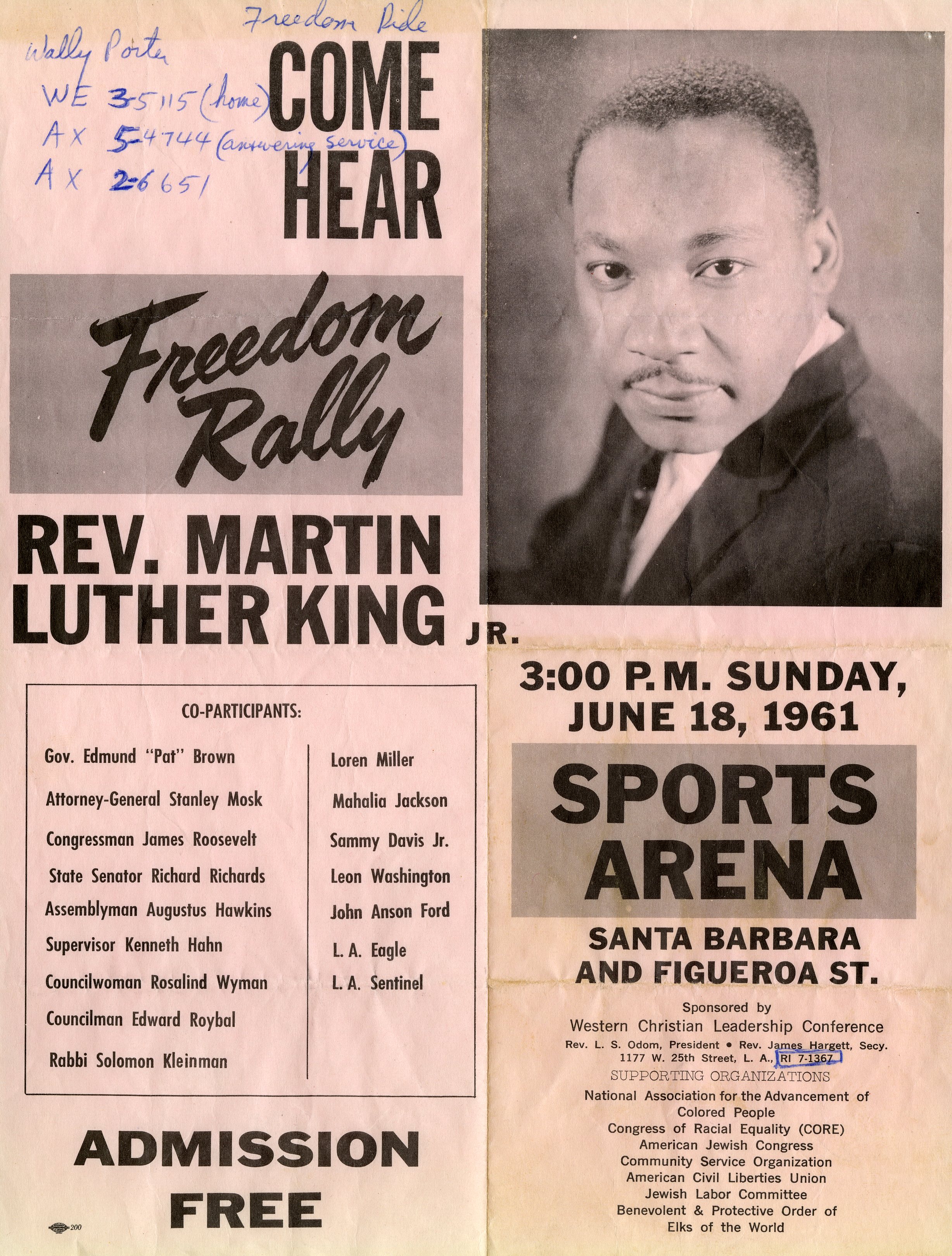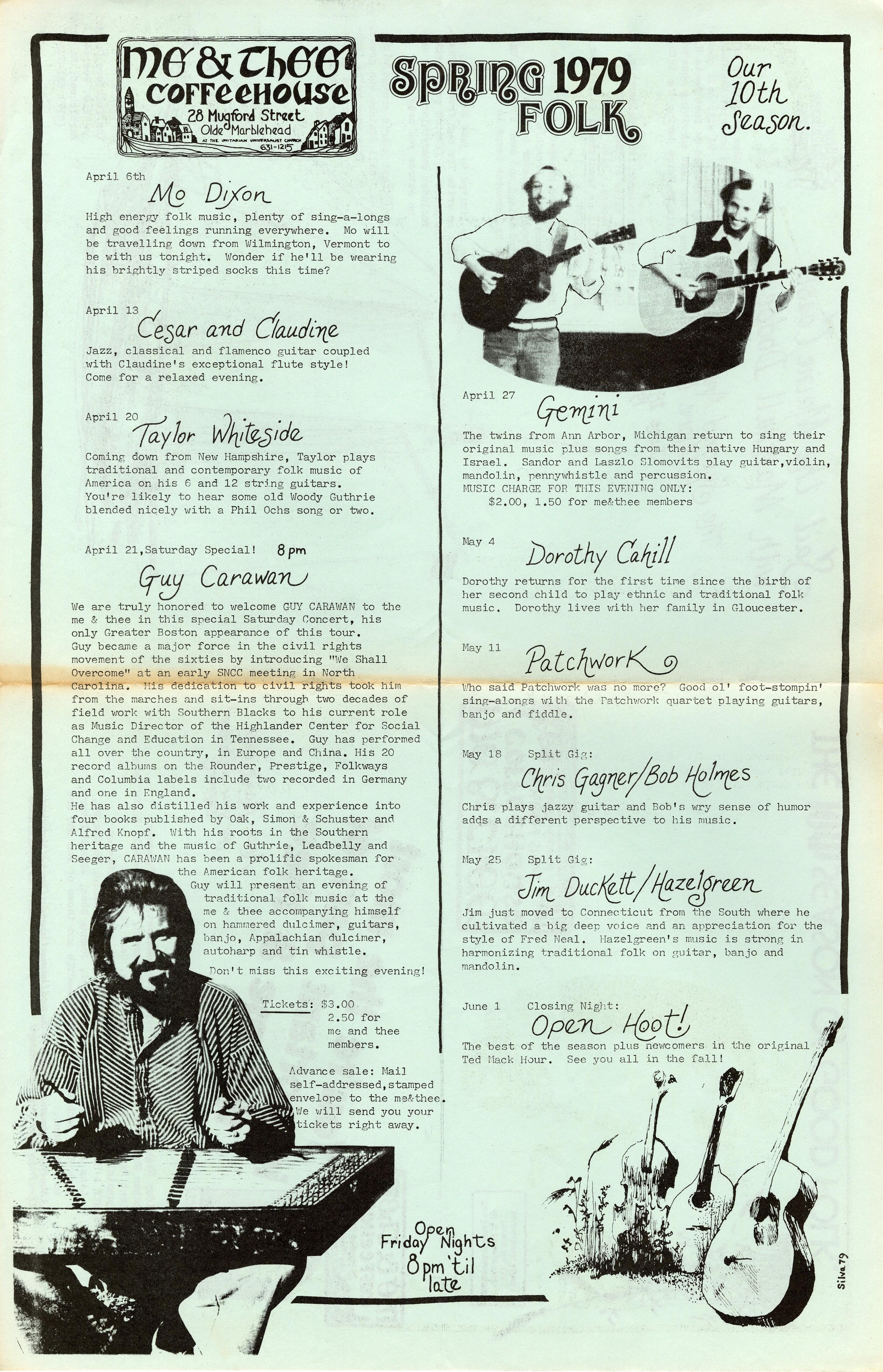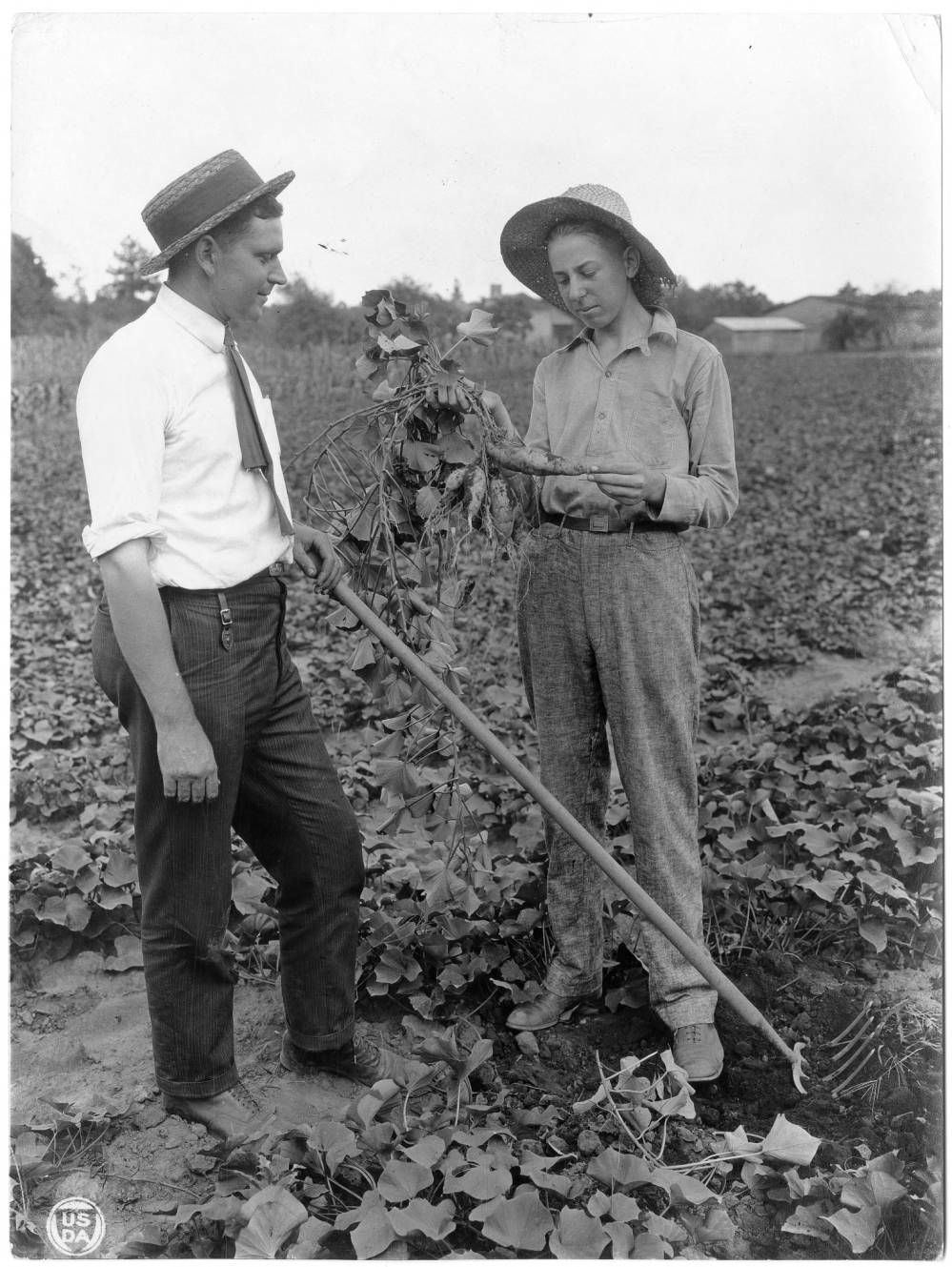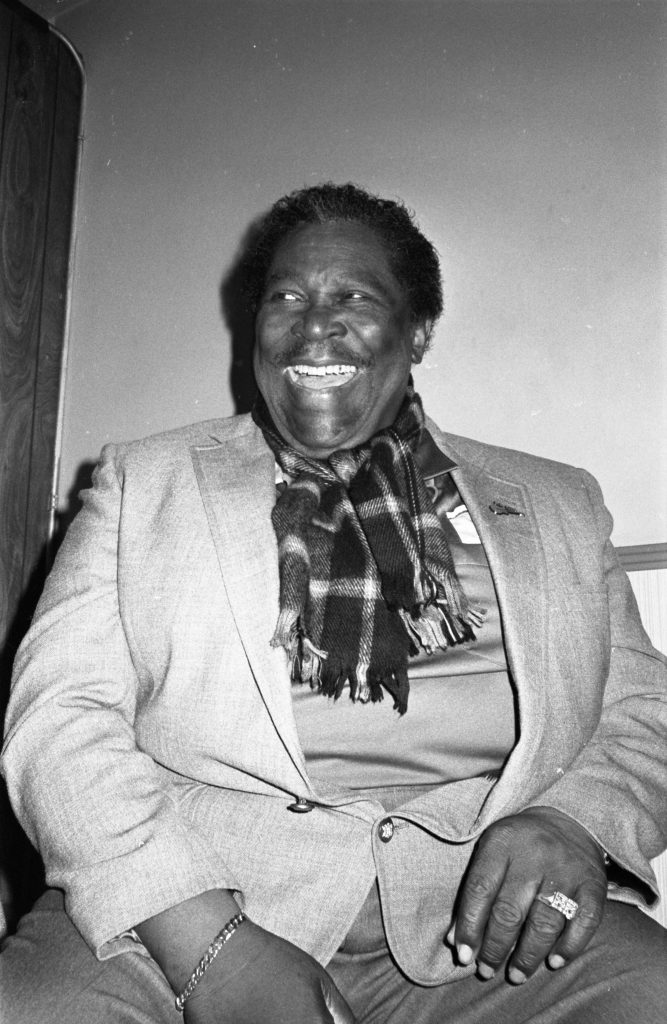 By now I am sure that most of our readers have learned that the great Riley B. King, better known as B. B. King, died at his home in Las Vegas May 14, 2015 at the age of 89. At the Southern Follklife Collection, King’s presence is never far. Folklorist and great friend of the SFC, Bill Ferris, worked alongside B. B. King for many years and documented the time they spent together extensively. We couldn’t help but share the following letter where King writes to his friend Bill about his 1974 visit to Yale University, storing the memories of his visit “in the archives of my heart.”
By now I am sure that most of our readers have learned that the great Riley B. King, better known as B. B. King, died at his home in Las Vegas May 14, 2015 at the age of 89. At the Southern Follklife Collection, King’s presence is never far. Folklorist and great friend of the SFC, Bill Ferris, worked alongside B. B. King for many years and documented the time they spent together extensively. We couldn’t help but share the following letter where King writes to his friend Bill about his 1974 visit to Yale University, storing the memories of his visit “in the archives of my heart.”

 There is far too much content in the William R. Ferris Collection (20367) to share in a blog post, but we welcome all of you to visit The Wilson Library to see more and perhaps more importantly, hear more. Besides the more than 200 sound recordings featuring King in the SFC, there are also numerous field recordings, both interview and performance, as well as film and video documenting King’s life and career. Listen to B. B. King speaking to a class at Yale in 1974:
There is far too much content in the William R. Ferris Collection (20367) to share in a blog post, but we welcome all of you to visit The Wilson Library to see more and perhaps more importantly, hear more. Besides the more than 200 sound recordings featuring King in the SFC, there are also numerous field recordings, both interview and performance, as well as film and video documenting King’s life and career. Listen to B. B. King speaking to a class at Yale in 1974:
20367_FT10306_000120367_FT10307_000120367_FT10308_000120367_FT10309_000120367_FT10310_0001
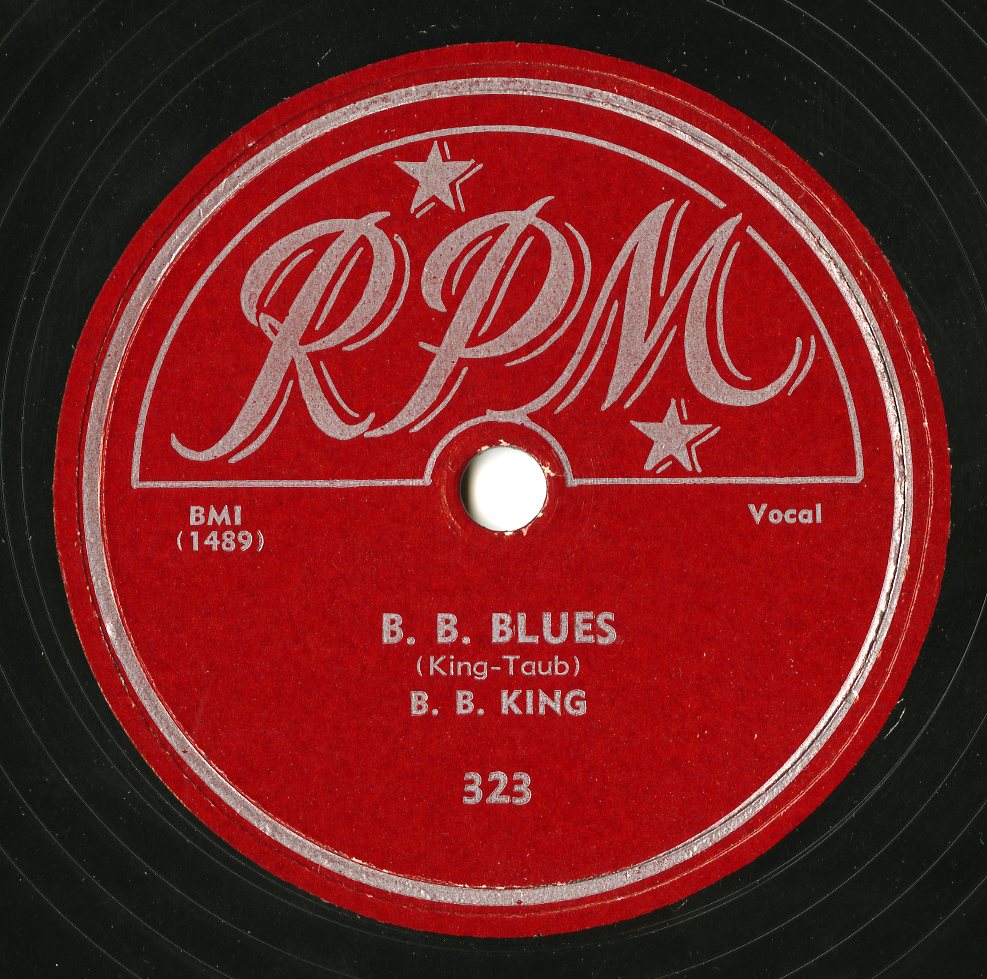

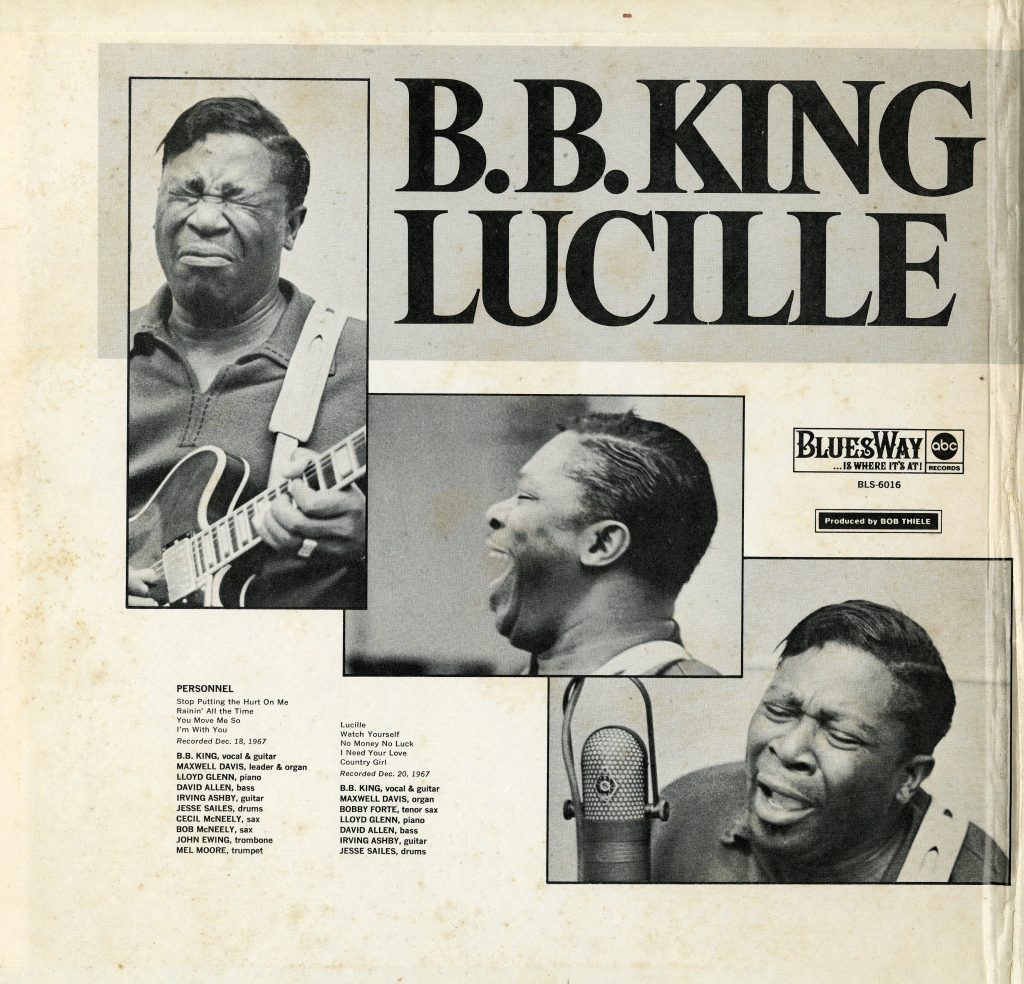
All of the images in this post except for the commercial sound recordings come from the Ferris collection. Already the internet is full of wonderful images, songs, and remembrances of King. Taken as a whole, they serve as a powerful reminder of King’s life and career, demonstrating the massive impact he has had on American music and culture while simultaneously pointing at the legacy that will reverberate far into the future.

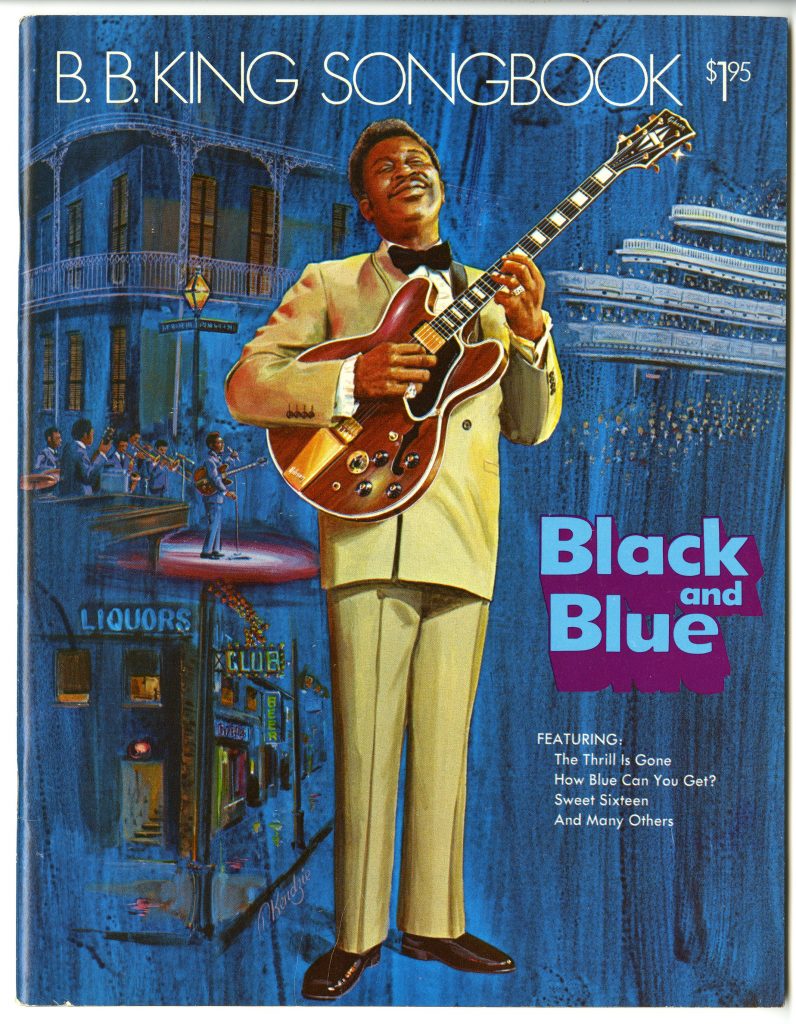
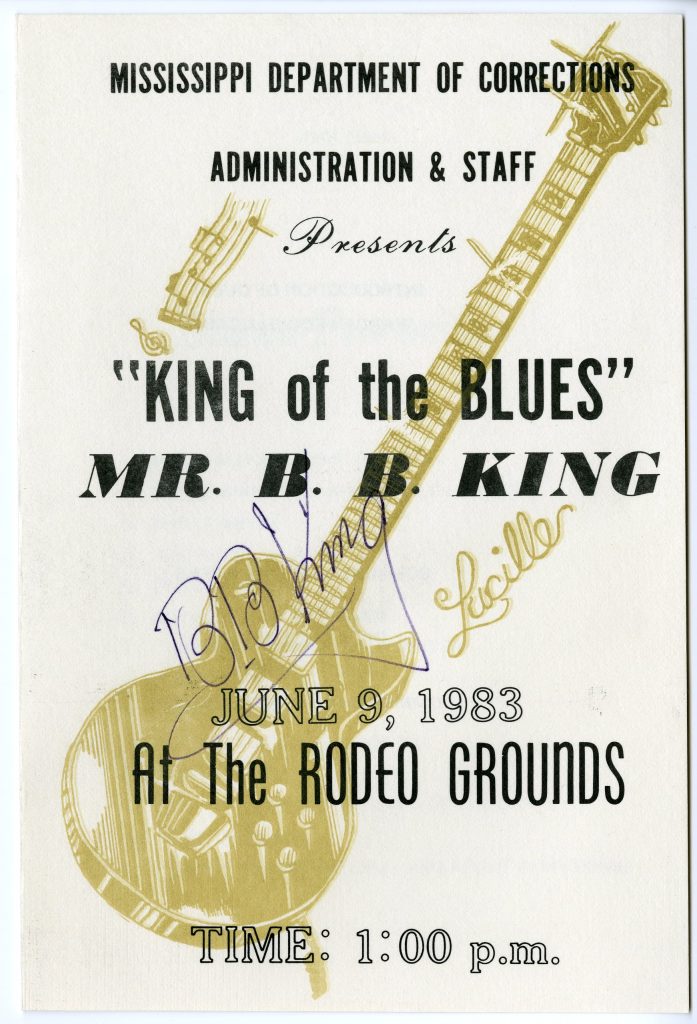
We could not avoid posting some images of King in performance, cradling Lucille, King’s face twisted with emotion, images so powerful I can hear the music in my head just by looking.

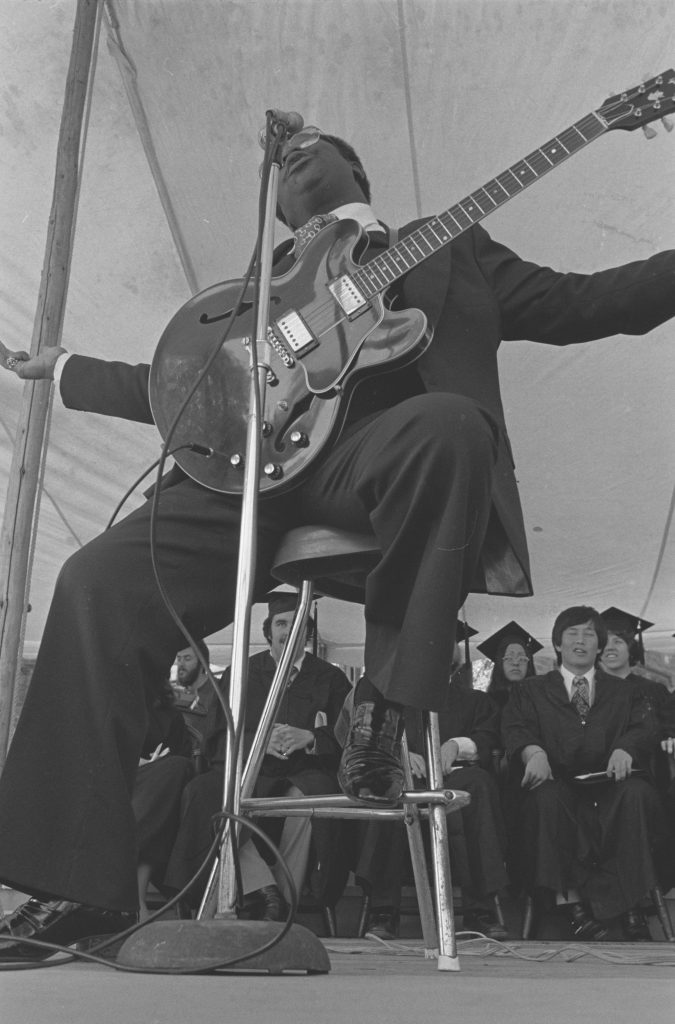
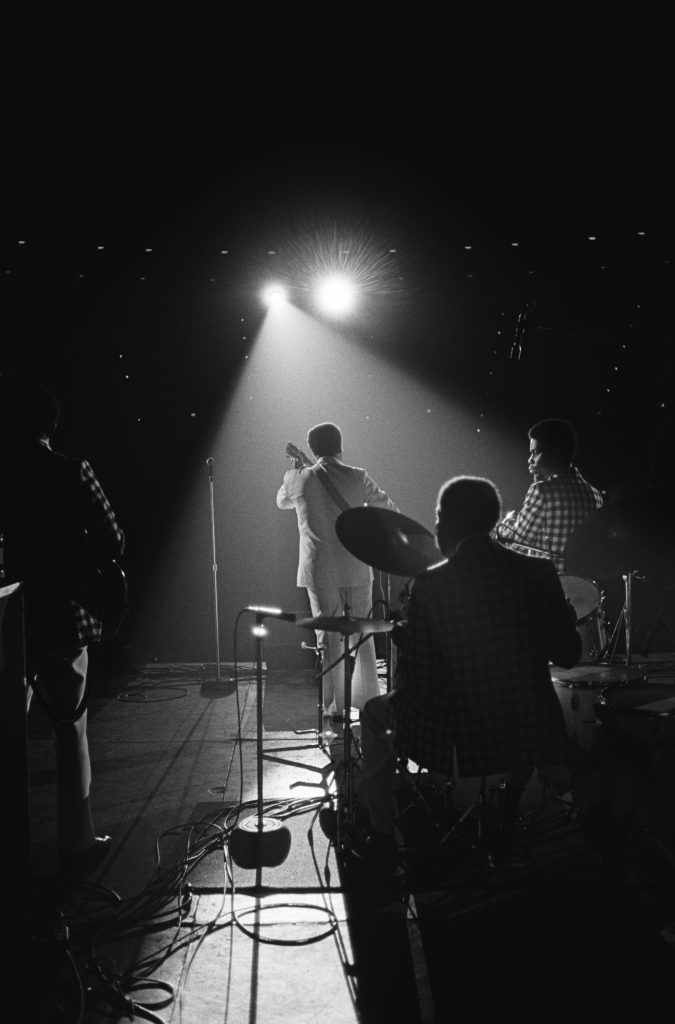
But as with so many persons whose lives and works are documented and preserved in cultural institutions like the SFC, what stands out are the candid moments: quiet times between sets, casual conversations with fans (be they prison guards or inmates at Parchman Penitentiary), relaxing at home, or meetings with students.
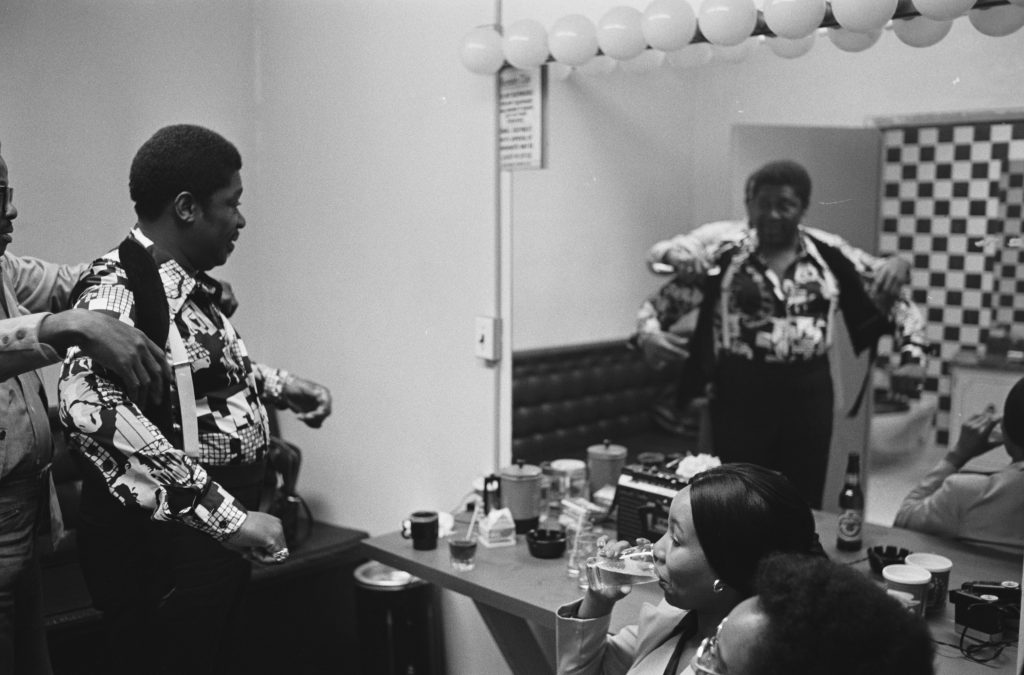
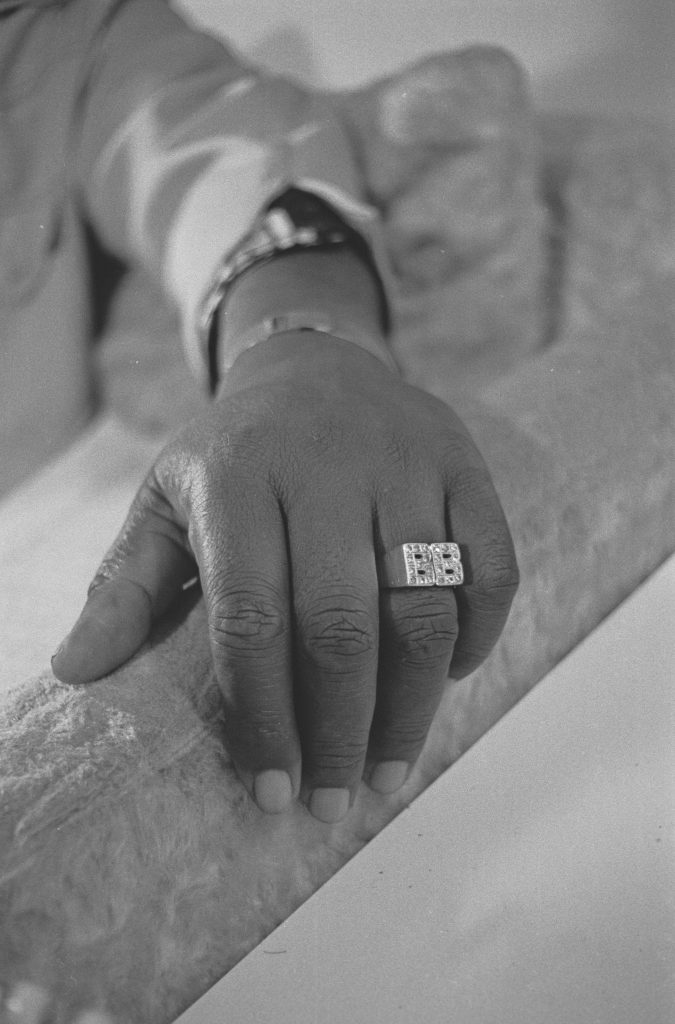
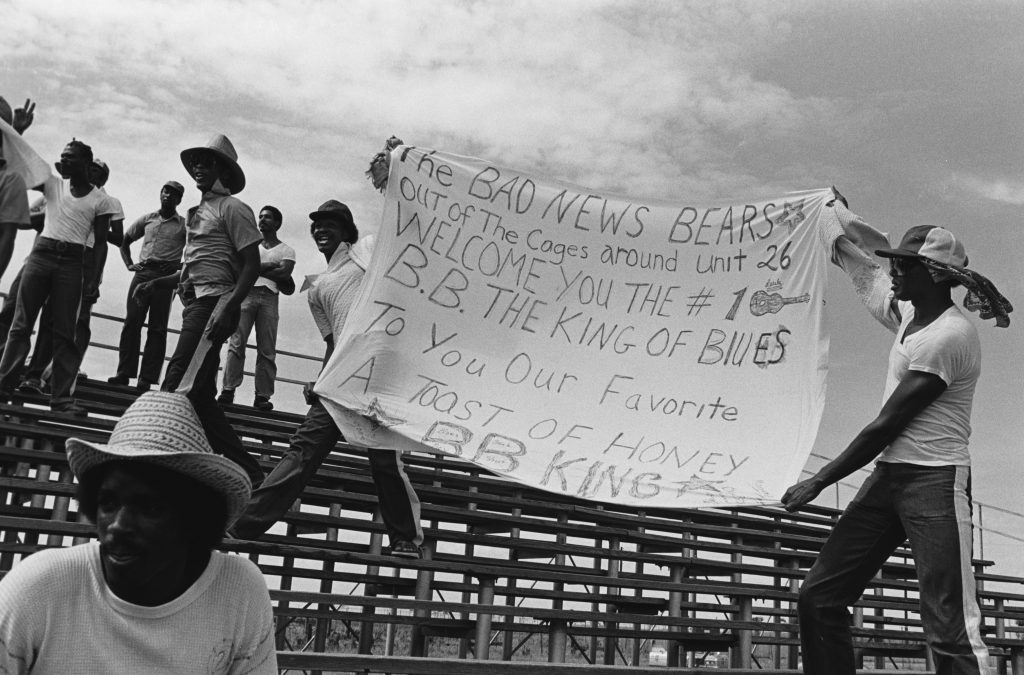

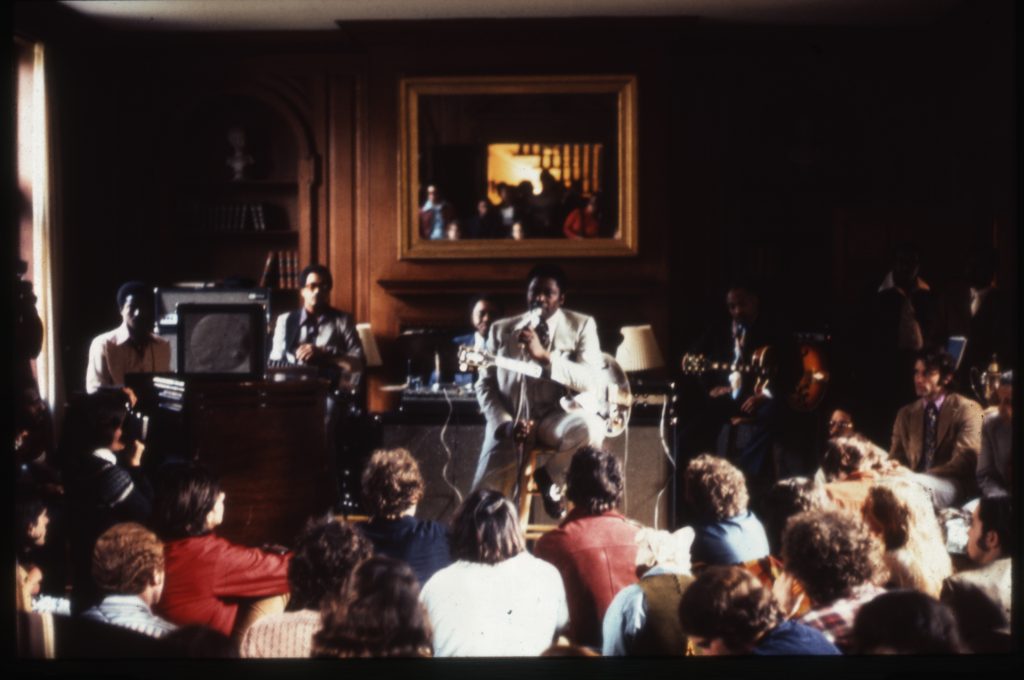
Thanks to Bill and many others who have shared their stories of King over the years, we’ve learned it’s these in-between moments that reflect the humble spirit, open heart and inimitable kindness that King demonstrated every day of his life. It was his love of humanity and love of life that fueled his music and we are all better because he so willingly shared his gifts around the world.
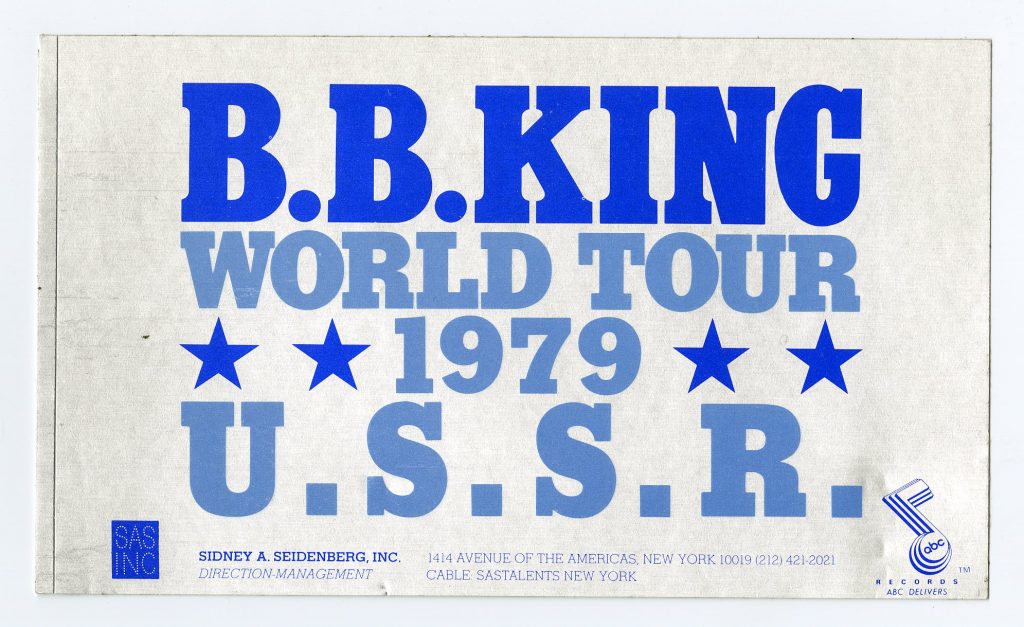


We extend our heartfelt condolences to King’s family, friends and fans. The King is dead. Long live the King.
Rest easy, B.

Category: Collections
In tribute to Guy Carawan
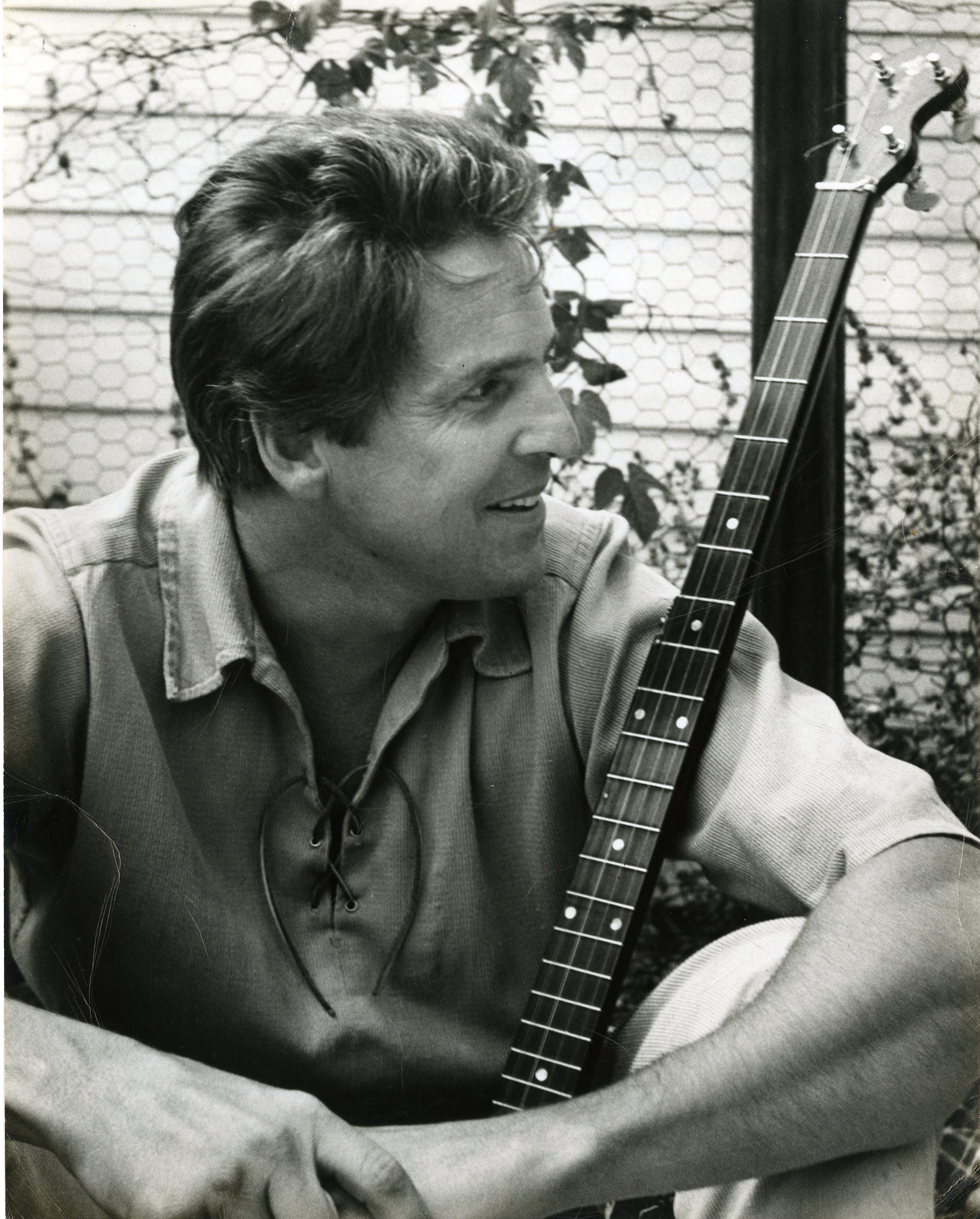
 Singer, folklorist, activist and organizer Guy Carawan is a hero. He died last week at the age of 87. At the Southern Folklife Collection, we are lucky to be in the presence of Guy and Candie through the legacy of his work archived in the Guy and Candie Carawan Collection (20008). Like many heroes, Guy and Candie Carawan worked tirelessly and constantly. Prior to their meeting at the Highlander Folk School in 1960 to present day, the Carawans dedicated their lives to fighting for social justice through political engagement, education, and organizing. They believed in the power of song and the unbreakable spirit forged when multiple voices rise up in harmony and solidarity. Numerous media outlets have detailed Guy Carawan’s legacy in obituaries this week. More people have learned of Carawan’s role in popularizing an anthem of the Civil Rights Movement, “We Shall Overcome,” teaching it to organizers at the first meeting of the Student Nonviolent Coordinating Committee in Raleigh in 1960, this week than ever before. Our hope is that the materials presented here can expand from that moment and expose more of the world to the life and work of our friend and hero, Guy Carawan.
Singer, folklorist, activist and organizer Guy Carawan is a hero. He died last week at the age of 87. At the Southern Folklife Collection, we are lucky to be in the presence of Guy and Candie through the legacy of his work archived in the Guy and Candie Carawan Collection (20008). Like many heroes, Guy and Candie Carawan worked tirelessly and constantly. Prior to their meeting at the Highlander Folk School in 1960 to present day, the Carawans dedicated their lives to fighting for social justice through political engagement, education, and organizing. They believed in the power of song and the unbreakable spirit forged when multiple voices rise up in harmony and solidarity. Numerous media outlets have detailed Guy Carawan’s legacy in obituaries this week. More people have learned of Carawan’s role in popularizing an anthem of the Civil Rights Movement, “We Shall Overcome,” teaching it to organizers at the first meeting of the Student Nonviolent Coordinating Committee in Raleigh in 1960, this week than ever before. Our hope is that the materials presented here can expand from that moment and expose more of the world to the life and work of our friend and hero, Guy Carawan.

Every year, scholars from around the world expose me to new facets of the Carawans’ work through their research. Choosing what to share to honor Guy’s life from a collection of almost 20,000 items is an impossible task. Hundreds of open reel and audio cassette tapes made by the Carawans document the cultures of various groups of people in the South including significant speeches, sermons, and musical performances recorded during major civil rights demonstrations and conferences in Nashville, Birmingham, Atlanta. These recordings include master tapes of several documentary albums released on Folkways Records and feature such influential figures as Ralph Abernathy, Fred Shuttlesworth, James Bevel, Len Chandler, the Georgia Sea Island Singers, and Nashville Mayor R. Benjamin West.
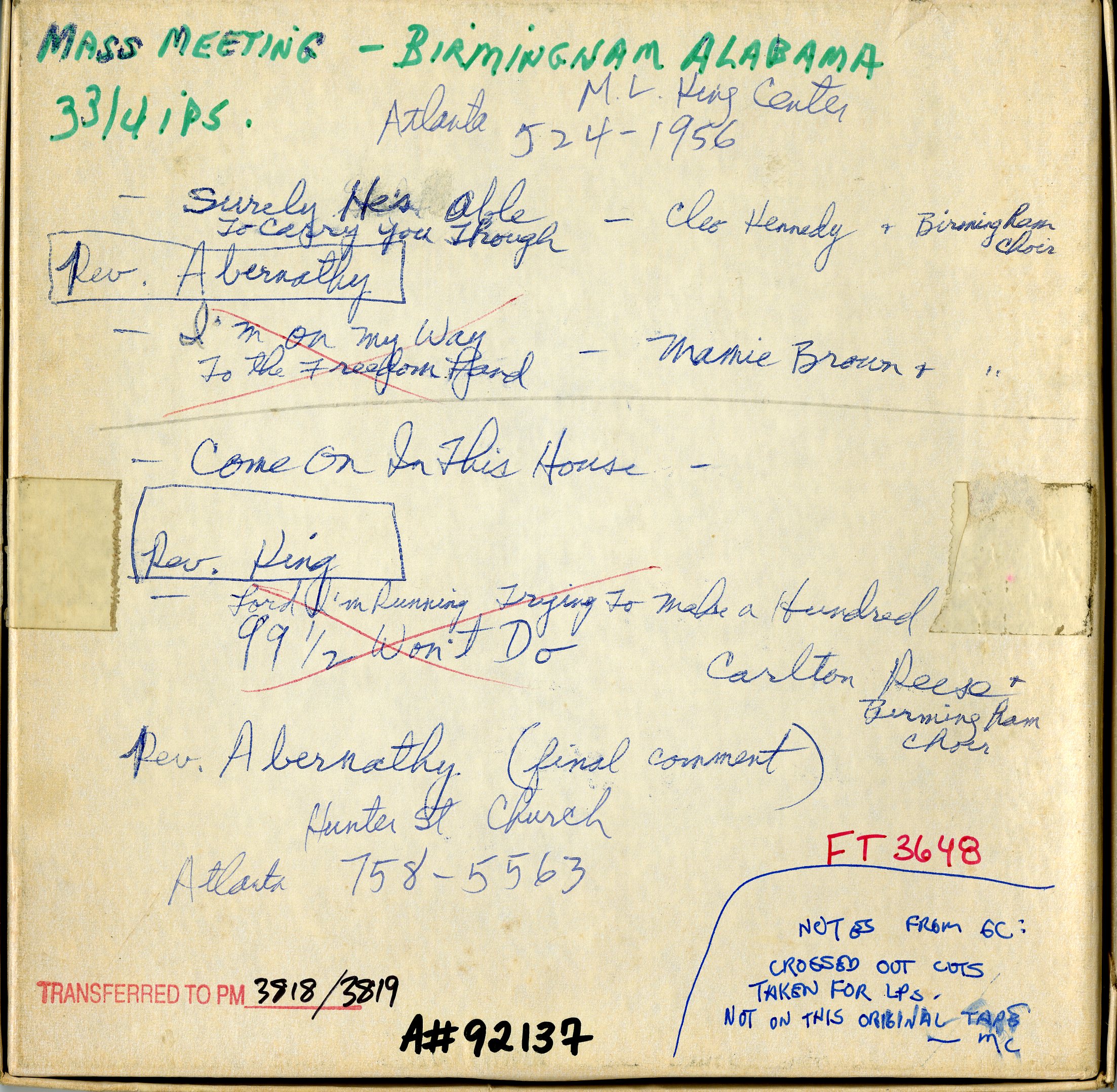
Numerous field recordings of worship meetings, songs, stories, and recollections from Johns Island, S.C., document elements of the African American heritage of the rural South Carolina Low Country. Included are complete recordings of all-night Christmas and New Year’s watch meetings held in Moving Star Hall, a community praise house, as well as interviews with civic leader and activist Esau Jenkins about socio-economic improvements and efforts to overcome racial discrimination and poverty on Johns Island in the 1950s and 1960s. Listen to Esau Jenkins talk about his life on St. John’s Island followed by a prayer from the Moving Star Hall church, from open reel tape FT3617:Track 01Track 05
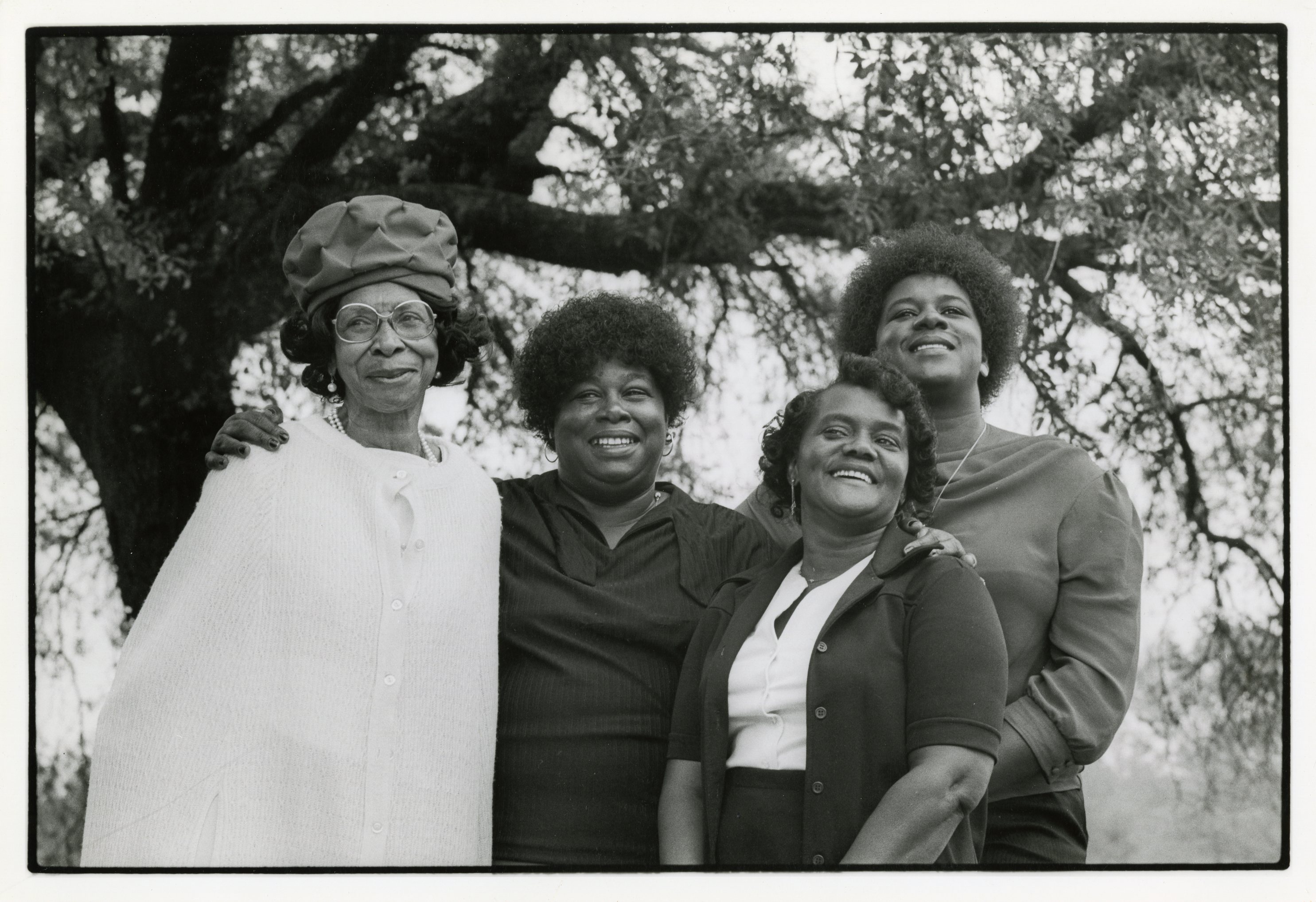
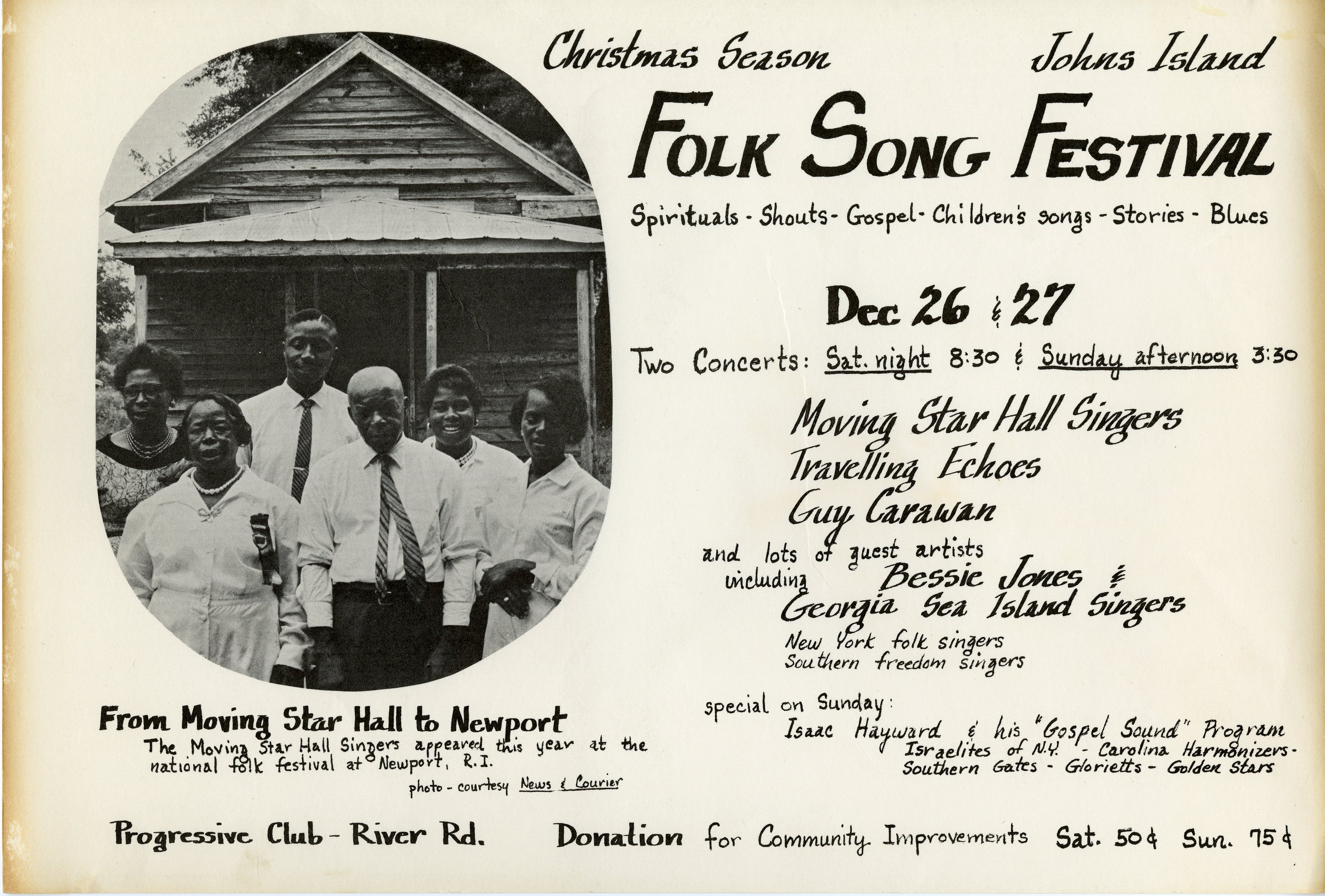 Born 7 July 1927 in Santa Monica, Calif. Guy’s father was from Mesic, North Carolina in the Eastern part of the state. While pursuing a degree in mathematics at Occidental College, Carawan studied folklore with Austin Fife and began to perform as a folksinger. He subsequently completed a master’s degree in sociology at the University of California at Los Angeles, where he continued his study of folklore with Wayland Hand. During the early 1950s, Carawan grew interested in incorporating folk music and topical songs into progressive socio-political activism and became involved in the People’s Song movement, meeting such activist-musicians as Pete Seeger and Lee Hays. In the late 1950s, Carawan released albums on Folkways Records, including Songs By Guy Carawan, SFC call number FC5349, featuring the playing of John Cohen (who Carawan met at jam sessions in Washington Square Park).
Born 7 July 1927 in Santa Monica, Calif. Guy’s father was from Mesic, North Carolina in the Eastern part of the state. While pursuing a degree in mathematics at Occidental College, Carawan studied folklore with Austin Fife and began to perform as a folksinger. He subsequently completed a master’s degree in sociology at the University of California at Los Angeles, where he continued his study of folklore with Wayland Hand. During the early 1950s, Carawan grew interested in incorporating folk music and topical songs into progressive socio-political activism and became involved in the People’s Song movement, meeting such activist-musicians as Pete Seeger and Lee Hays. In the late 1950s, Carawan released albums on Folkways Records, including Songs By Guy Carawan, SFC call number FC5349, featuring the playing of John Cohen (who Carawan met at jam sessions in Washington Square Park).
Carawan released a number of albums with Folkways, his second featured liner notes by Alan Lomax.  In 1959, after the death of his teacher and collaborator Zilphia Horton, he became the director of music at the Highlander Folk School, an institution that provided instruction in social organization and was a meeting place for people interested in the civil rights movement and related causes in the South.
In 1959, after the death of his teacher and collaborator Zilphia Horton, he became the director of music at the Highlander Folk School, an institution that provided instruction in social organization and was a meeting place for people interested in the civil rights movement and related causes in the South.

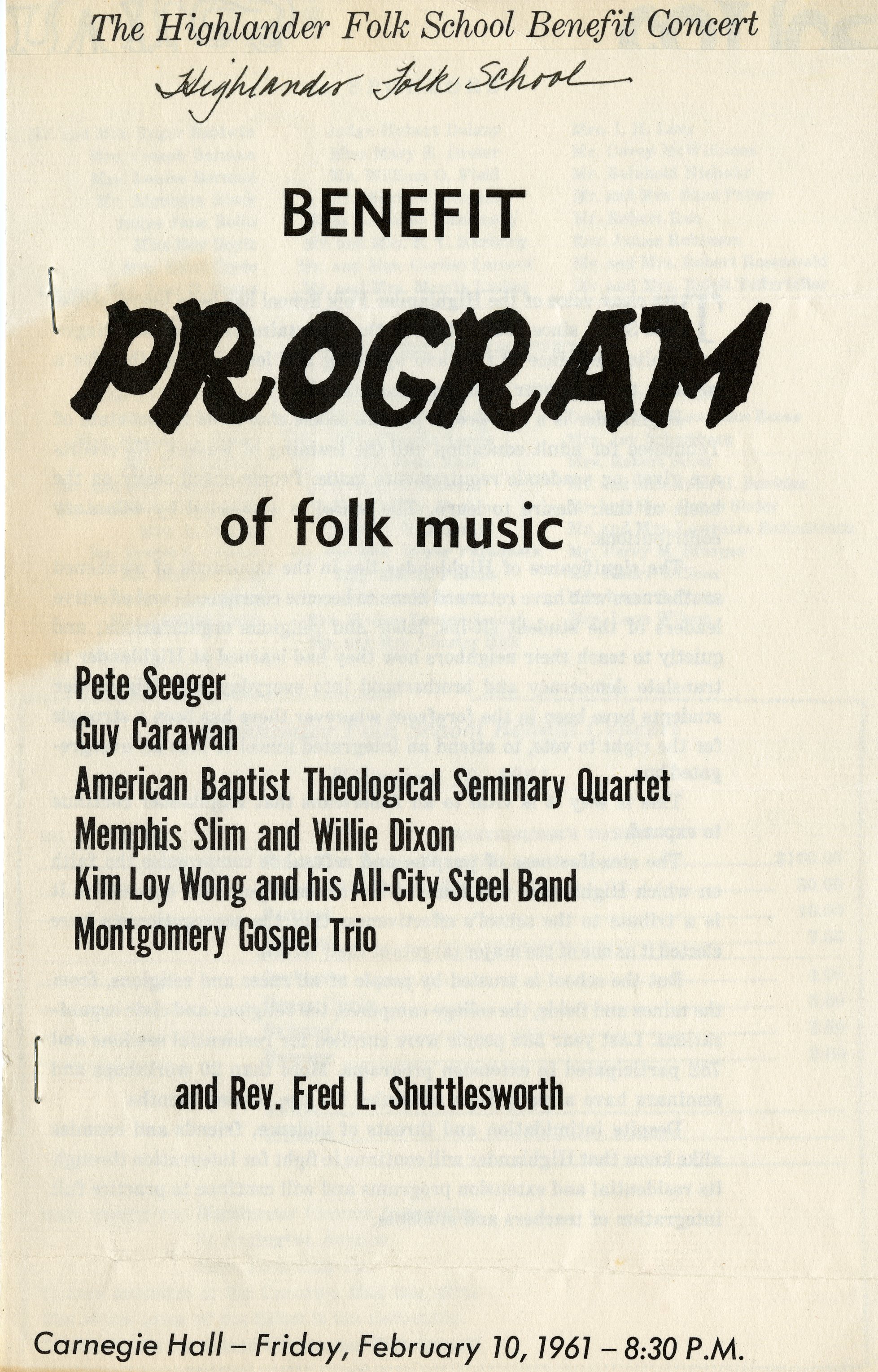
Candie Anderson, also from southern California, became interested in the black civil rights movement while in high school. She attended Pomona College near Los Angeles, but spent her junior year of college at Fisk University, a historically African American institution in Nashville, Tenn. While there, she participated in pro-integration demonstrations led by black students in Nashville. She became acquainted with Guy Carawan during a workshop at the Highlander School.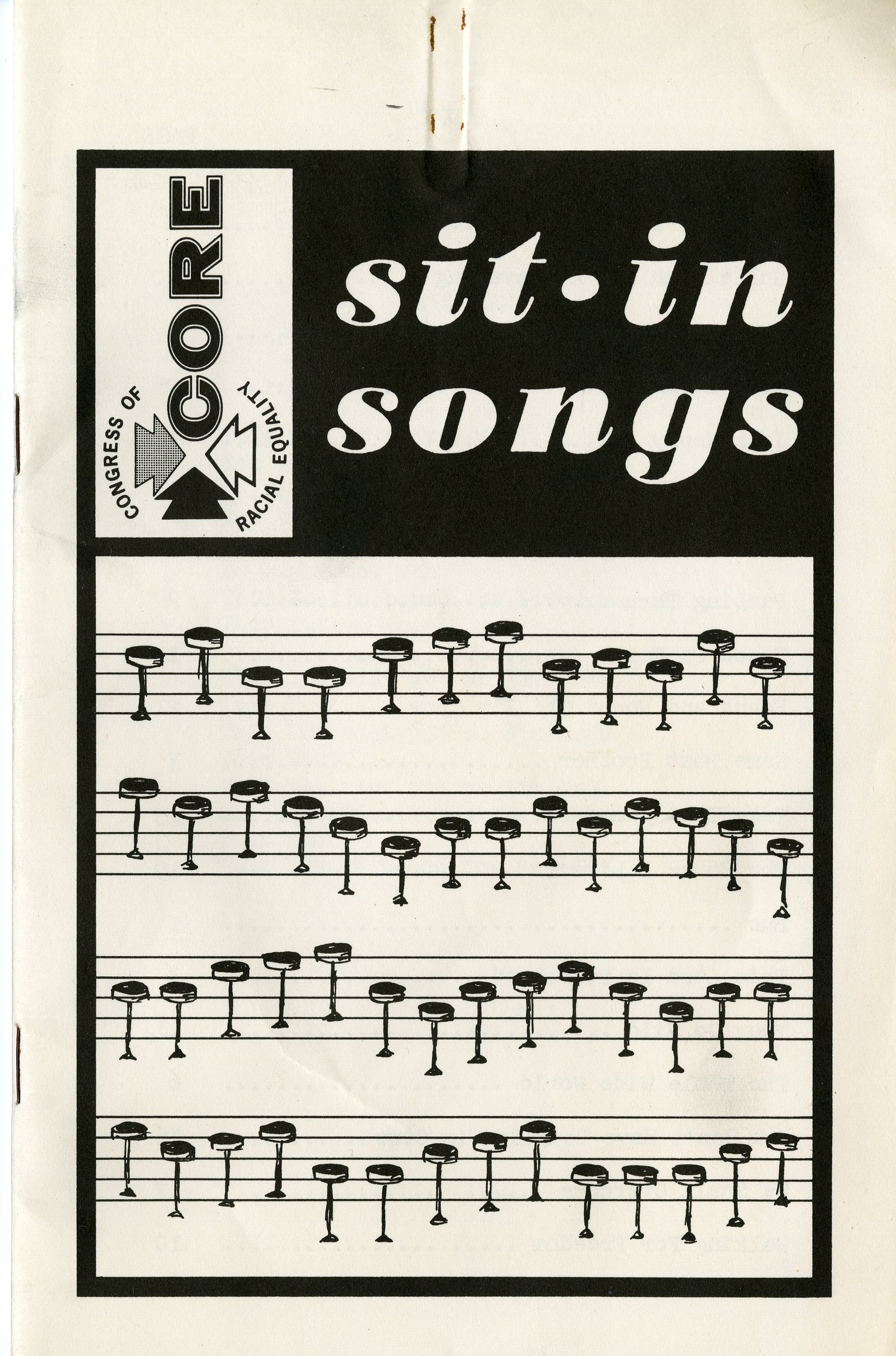
Candie and Guy Carawan remained affiliated with the Highlander Center and with the predominantly black community of Johns Island, S.C., where they addressed issues of racial discrimination and rural poverty, particularly through a citizenship education program formulated by the Highlander School.
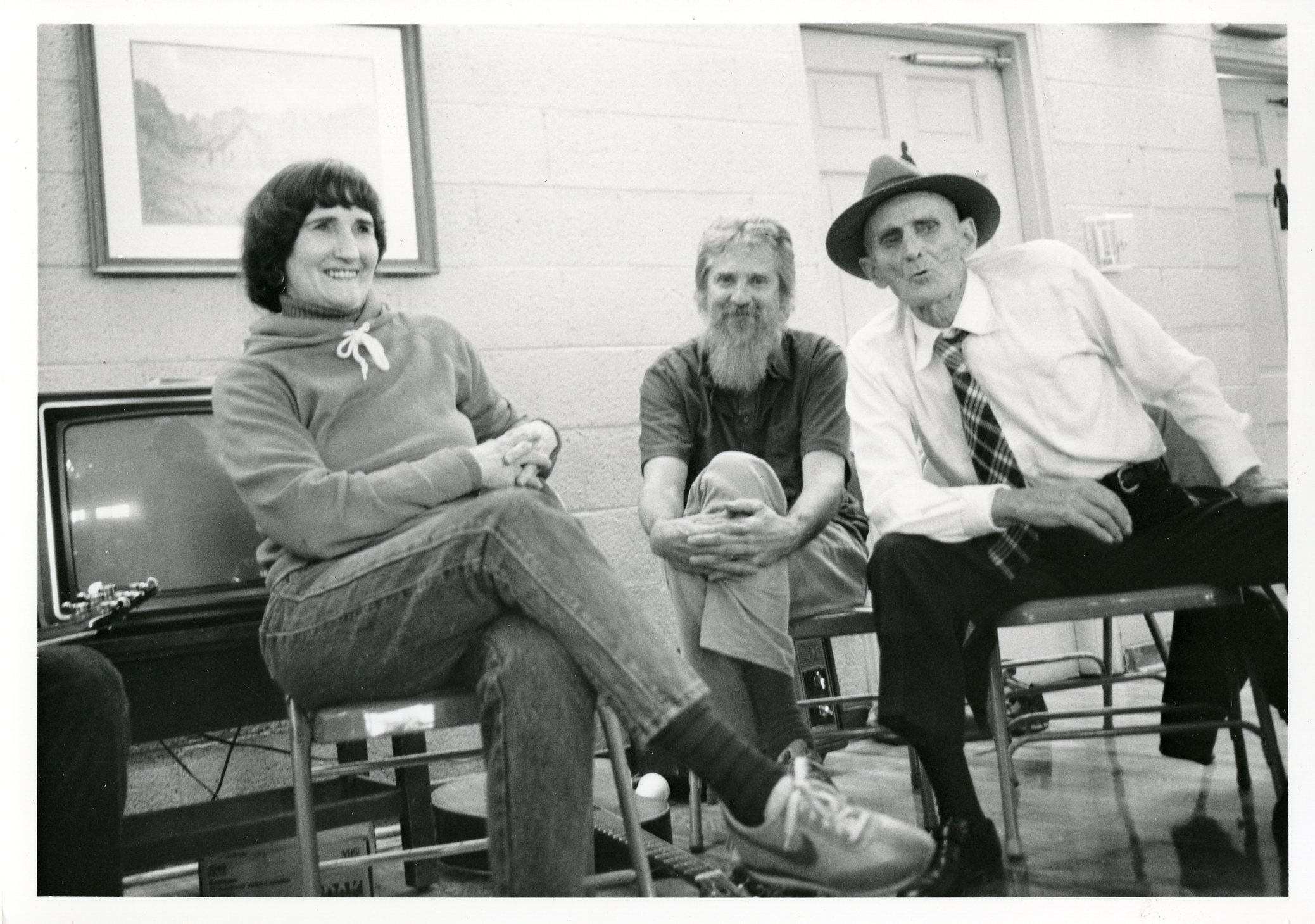
They participated in major civil rights campaigns in Birmingham, Atlanta, and other southern cities. Participating in Freedom Rides and the Birmingham Mass Meeting.
Through workshops at the Highlander Center and elsewhere, they collected variants of African American spirituals and other songs for use in civil rights demonstrations and shared them with other participants, publishing a number of books like the following We Shall Overcome! (Oak Publications, 1963).
Throughout their careers, the Carawans have sought to document the music and culture of various groups of people with whom they have worked. They have been involved in the production of seventeen documentary recordings and seven films and have written five books, including three anthologies of songs associated with the civil rights movement. All the while, Guy continued to perform and record on his own as well as produce recordings by other artists. He will be missed but he will not be forgotten.
Songs from Limestone Country
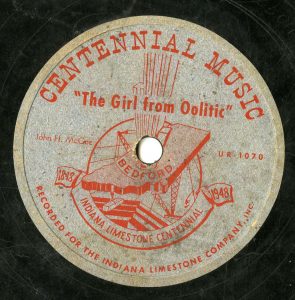
We came across an interesting bit of American industrial history in a recent 78rpm cataloging session in the Southern Folklife Collection: a circa 1948 record promoting the Indiana Limestone Company, featuring on its label a relatively complex illustration of the limestone mining process. Celebrating the 100th anniversary of Indiana’s limestone industry, it includes two songs honoring the state’s favorite sedimentary rock : “Old Limestone Quarry” and “Girl from Oolitic.” (Oolitic is a town in Indiana known for its oolite, a kind of limestone).
We cannot find any information on this release, except that John H. McGee applied for copyright for the two songs in 1949.
We’ve included an excerpt from Side A here, which features an unknown vocalist and big band:
“Old Limestone Quarry”
The record is available at the SFC as call no. 78-17816.
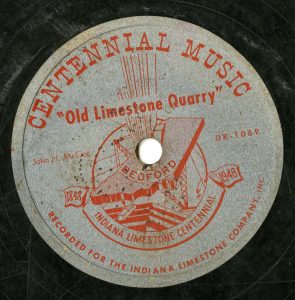
It don't matter who's in Austin, Bob Wills is Still the King (or is it Clifton Chenier)?
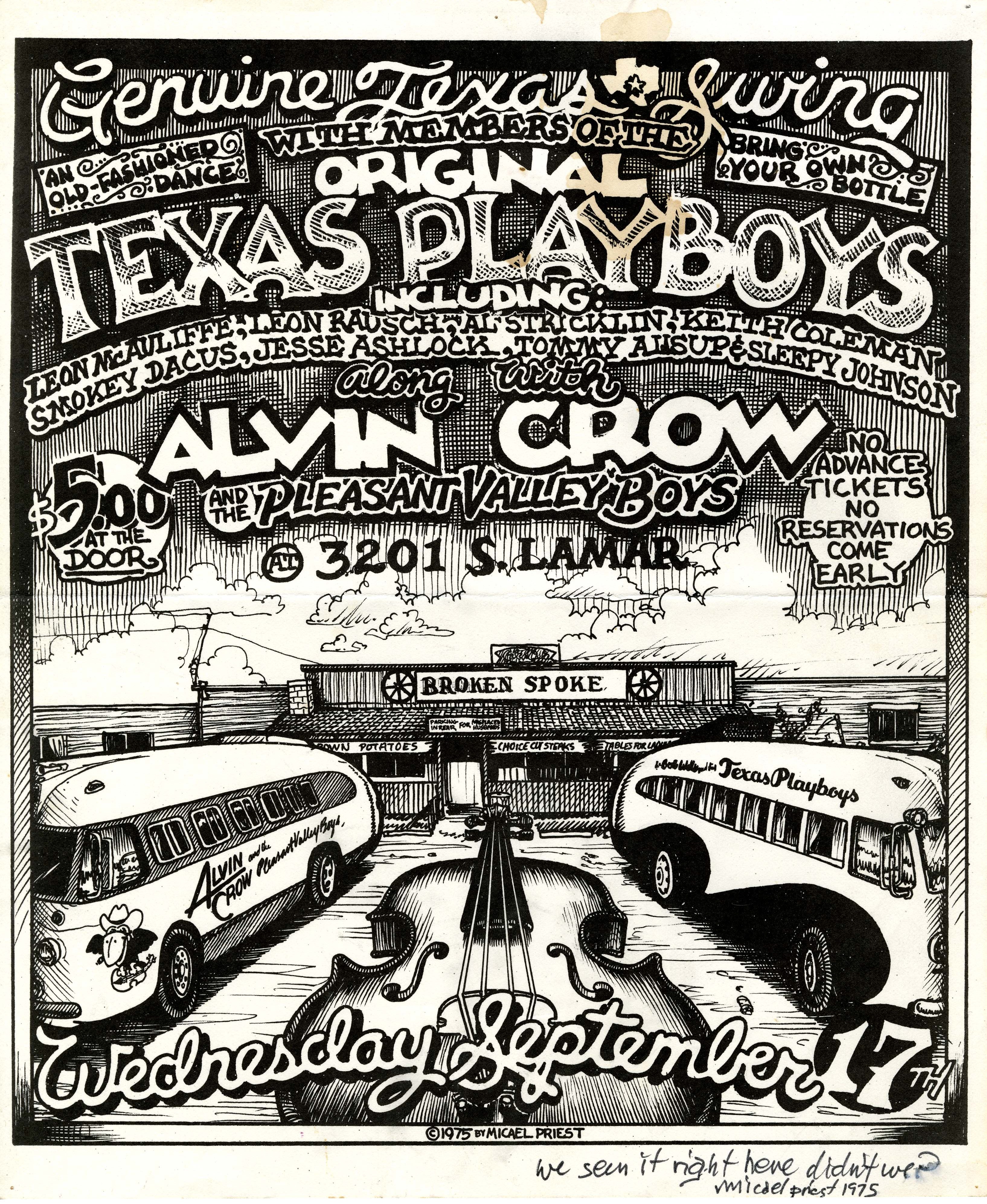 A couple of posters from gigs I would have liked to attend. I was lucky to grow up not 1/2 mile from the Broken Spoke, and despite the best efforts of “New Austin,” I am very glad to report that it’s still there, still honky-tonkin, and the Lone Star is still cold. Both of these posters come from the Archie Green Papers (20002), collected by Archie while a professor at the University of Texas in the 1970s. I feel like artist Michael Priest’s comment written on the bottom of the poster reflects the general sense of wonder those cosmic cowboys and post-hippy hipsters must have felt to be able to attend shows like this on a regular basis, singular moments in music history that transcended the commercial drive of the social scene.
A couple of posters from gigs I would have liked to attend. I was lucky to grow up not 1/2 mile from the Broken Spoke, and despite the best efforts of “New Austin,” I am very glad to report that it’s still there, still honky-tonkin, and the Lone Star is still cold. Both of these posters come from the Archie Green Papers (20002), collected by Archie while a professor at the University of Texas in the 1970s. I feel like artist Michael Priest’s comment written on the bottom of the poster reflects the general sense of wonder those cosmic cowboys and post-hippy hipsters must have felt to be able to attend shows like this on a regular basis, singular moments in music history that transcended the commercial drive of the social scene.
“We seen it right here didn’t we?”
I wish we had, Michael. Long live the kings. 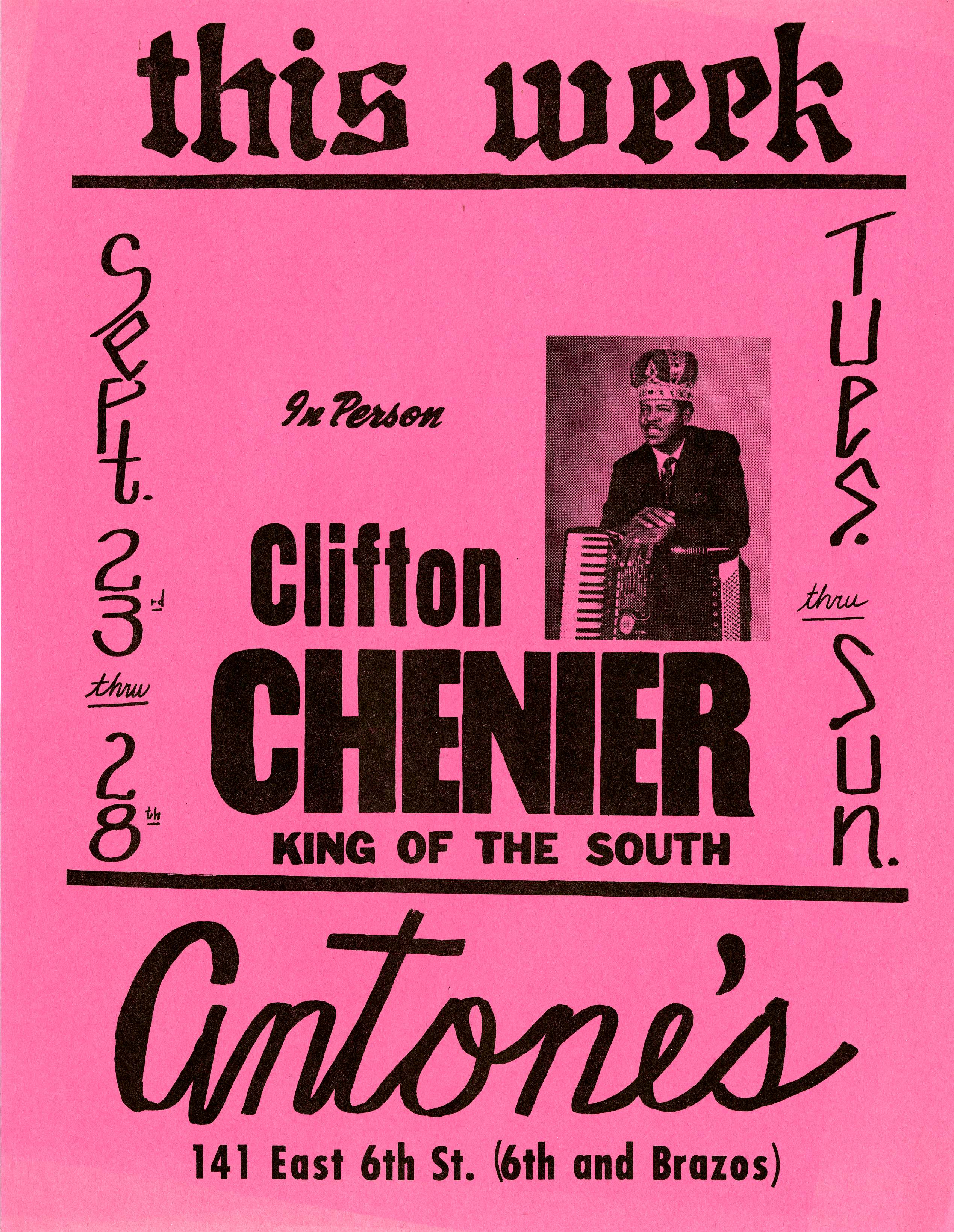
A look inside Goldband
 A peek into Eddie Shuler’s Goldband complex–including recording studio, record store, and TV store–in Lake Charles, LA, from the now digitized Goldband photo albums. For more see the Goldband Recording Corportaion Collection (20245) finding aid. Above is Wild Bill Pitre of Wild Bill and the Blue Washboard Boys. Below, Eddie Shuler at the desk in his control room. And finally, Count Rockin’ Sidney below.
A peek into Eddie Shuler’s Goldband complex–including recording studio, record store, and TV store–in Lake Charles, LA, from the now digitized Goldband photo albums. For more see the Goldband Recording Corportaion Collection (20245) finding aid. Above is Wild Bill Pitre of Wild Bill and the Blue Washboard Boys. Below, Eddie Shuler at the desk in his control room. And finally, Count Rockin’ Sidney below.
These images were preserved as part of the Southern Folklife Collection digitization project, From the Piedmont to the Swamplands: Preserving Southern Traditional Music, funded by a grant from the National Endowment for the Humanities.
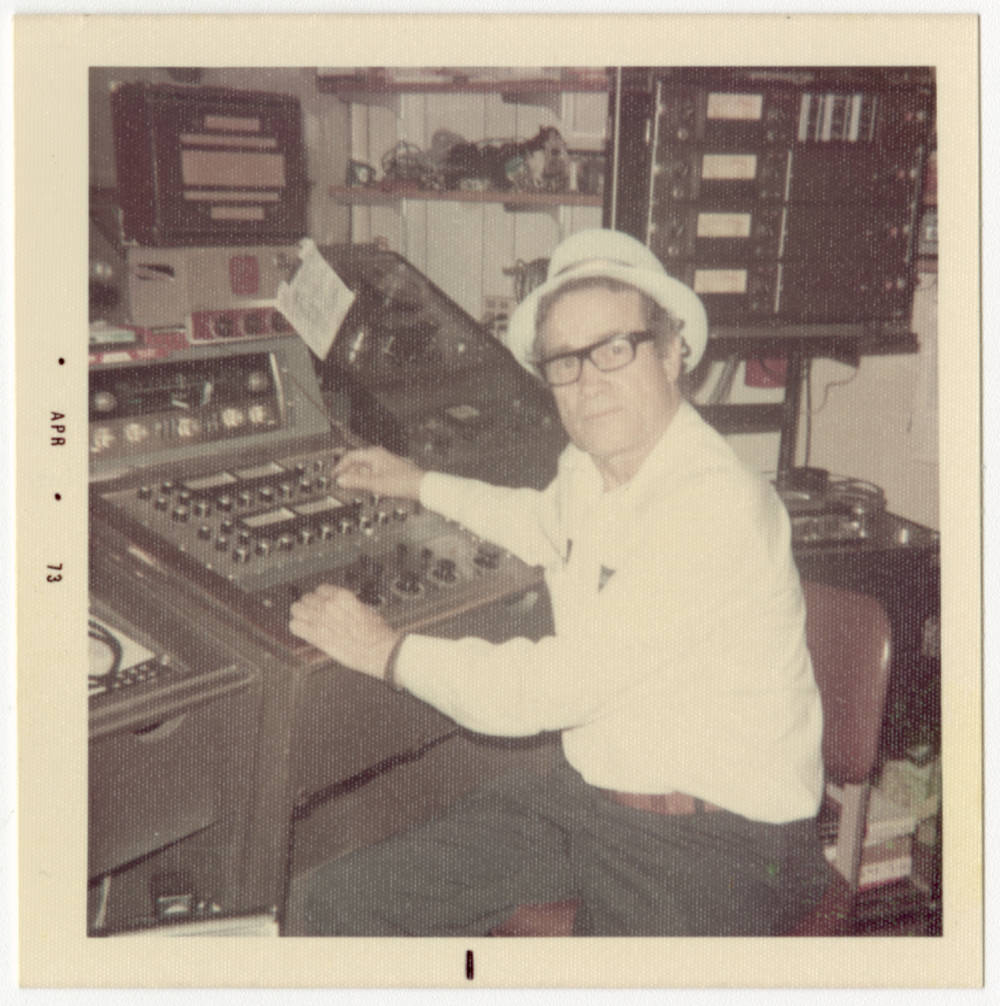

Curley Parker & the Garvin Brothers on Cozy Records
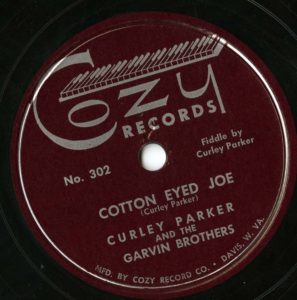 Newly cataloged at the SFC is an obscure bluegrass release on Cozy Records by Curley Parker and the Garvin Brothers, call number 78-17403.
Newly cataloged at the SFC is an obscure bluegrass release on Cozy Records by Curley Parker and the Garvin Brothers, call number 78-17403.
Cozy Records was based in Davis, West Virginia and named after a restaurant in nearby Grafton. It was founded by coal miner and minister John Bava, who’d played and sung along with his wife Lucy in a band called the Country Cousins.
In addition to his record label, Bava also started a magazine called Musical Echoes (printing facilities for which sat in a converted chicken coup), and a music publishing company under his own name. It seems that Bava may have used Musical Echoes partly to promote his compositions among musicians who might perform them. For example, in the SFC’s Sheet Music and Song Lyrics collection, we found this copy of Bava’s composition “Upon the Cross of Calvary” which has a red-and-white sticker referring to Musical Echoes as “song book for the entertainer.”
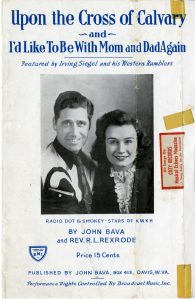
The back cover has been addressed and stamped, with Musical Echoes as the return address. At the bottom, the recipient is told to “request Hank the Cowhand of WMMN, Fairmont, W. Va. to sing ‘Would You Care.’” (Hank recorded this song for Cozy as Hank Stanford & the Sagebrush Round-up some time in the early 1950s; the song was written by Bava).
 Cozy recorded local, West Virginia-based talent, as well as musicians who appeared regularly on radio but who’d had trouble making inroads with bigger labels. Besides Hank the Cowhand, Cozy artists included Cherokee Sue, Rita Flory, Rex Parker’s Merry Men, Chuck Palmer & the Cornmuffins, and eventually the Lonesome Pine Fiddlers.
Cozy recorded local, West Virginia-based talent, as well as musicians who appeared regularly on radio but who’d had trouble making inroads with bigger labels. Besides Hank the Cowhand, Cozy artists included Cherokee Sue, Rita Flory, Rex Parker’s Merry Men, Chuck Palmer & the Cornmuffins, and eventually the Lonesome Pine Fiddlers.
Curley Parker and the Garvin Brothers only made one recording for Cozy Records, “My Guiding Star” / “Cotton Eyed Joe”, released in 1950. Originally from Gilmer County, Georgia, Parker is today best known for having played fiddle with the Blue Sky Boys during the 1940s, as well as for the duo he started with Pee Wee Lambert in 1951. In addition to his musical career, Parker also worked as a land surveyor; ultimately, he phased out professional music appearances in order to focus on his “day job.”
Side A, “My Guiding Star,” features singing by Parker and Earnst Garvin in a song about the unexpected death of the narrator’s fiancé. We’ve included an excerpt here:
My Guiding Star
Side B, “Cotton Eyed Joe,” is an instrumental, and showcases Parker’s fiddling technique (as well as that of an unnamed banjoist, presumably one of the Garvin Brothers). The virtuosity is especially apparent towards the end when the tempo verges on breakneck.
Cotton Eyed Joe
It does not appear that the Garvin Brothers have any surviving output beyond this release.
Our copy of the Parker-Garvin Brothers release came from SFC donor Guthrie Meade and was autographed by Parker. In the image below, you can (sort of) see the inscription on the lefthand side of the label: “To Gus, Curley Parker.”

Photo of the week: Jesse "Lone Cat" Fuller
 Promotional photo of the great Jesse “Lone Cat” Fuller from Manny Greenhill’s legendary Folklore Productions. Best known for his song “San Francisco Bay Blues,” Fuller was a renaissance man: appearing in silent films like The Thief of Baghdad, hoboeing cross-country, working in the California shipyards, and playing music. Fuller built his own bass accompaniment, the “fotdella,” and played harmonica and washboard along with his 12-string guitar to make himself a one-man jug band. Fuller died in 1976 in Oakland, California. The image is call no. p673 in the John Edwards Memorial Foundation Collection.
Promotional photo of the great Jesse “Lone Cat” Fuller from Manny Greenhill’s legendary Folklore Productions. Best known for his song “San Francisco Bay Blues,” Fuller was a renaissance man: appearing in silent films like The Thief of Baghdad, hoboeing cross-country, working in the California shipyards, and playing music. Fuller built his own bass accompaniment, the “fotdella,” and played harmonica and washboard along with his 12-string guitar to make himself a one-man jug band. Fuller died in 1976 in Oakland, California. The image is call no. p673 in the John Edwards Memorial Foundation Collection.
Noble Ray Price, the Cherokee Cowboy
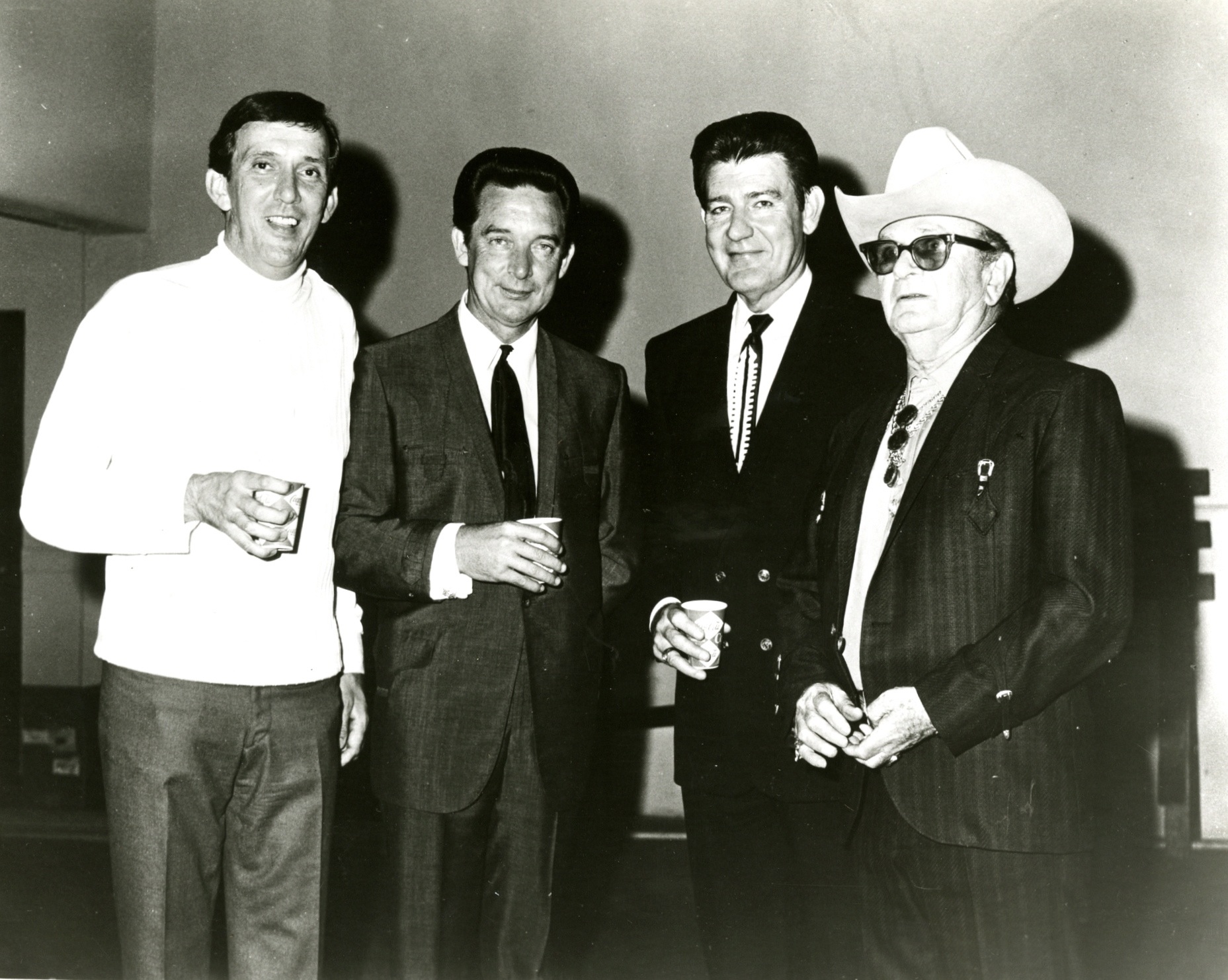 P3910. Standing from left to right: KBBQ disc jockey Hugh Jarrett, musicians Ray Price and Tex Williams, and tailor Nudie Cohn. The four are backstage at the KBBQ First Anniversary Show. Southern Folklife Collection Radio and Television Files (30015).
P3910. Standing from left to right: KBBQ disc jockey Hugh Jarrett, musicians Ray Price and Tex Williams, and tailor Nudie Cohn. The four are backstage at the KBBQ First Anniversary Show. Southern Folklife Collection Radio and Television Files (30015).
Country legend, Ray Price died this week at his home in Texas at the age of 87. The “Ray Price Shuffle,” a 4/4 beat developed by the Cherokee Cowboy himself remains a staple of the honky tonk sound. Combined with his velvet voice and countrypolitan ballads, Price changed the sound of Nashville. We picked out a few items from the Southern Folklife Collection to share in remembrance of Price and his lasting legacy. The photo above, P3910 from the Southern Folklife Collection Radio and Television Files (30015) features Price along with one of his great friends, fashion designer Nudie Cohn. Price could often be found on stage wearing one of Cohn’s “Nudie Suits.” Price’s visual style remained impeccable throughout his career, but it was always his voice that separated him from the rest of the crooners. Listen to his great rendition of the Harlan Howard tune, “Heartache by the Numbers” from call no. 45-1472. 45_1472_Heartache_by_the_numbers_Ray_Price_SFC
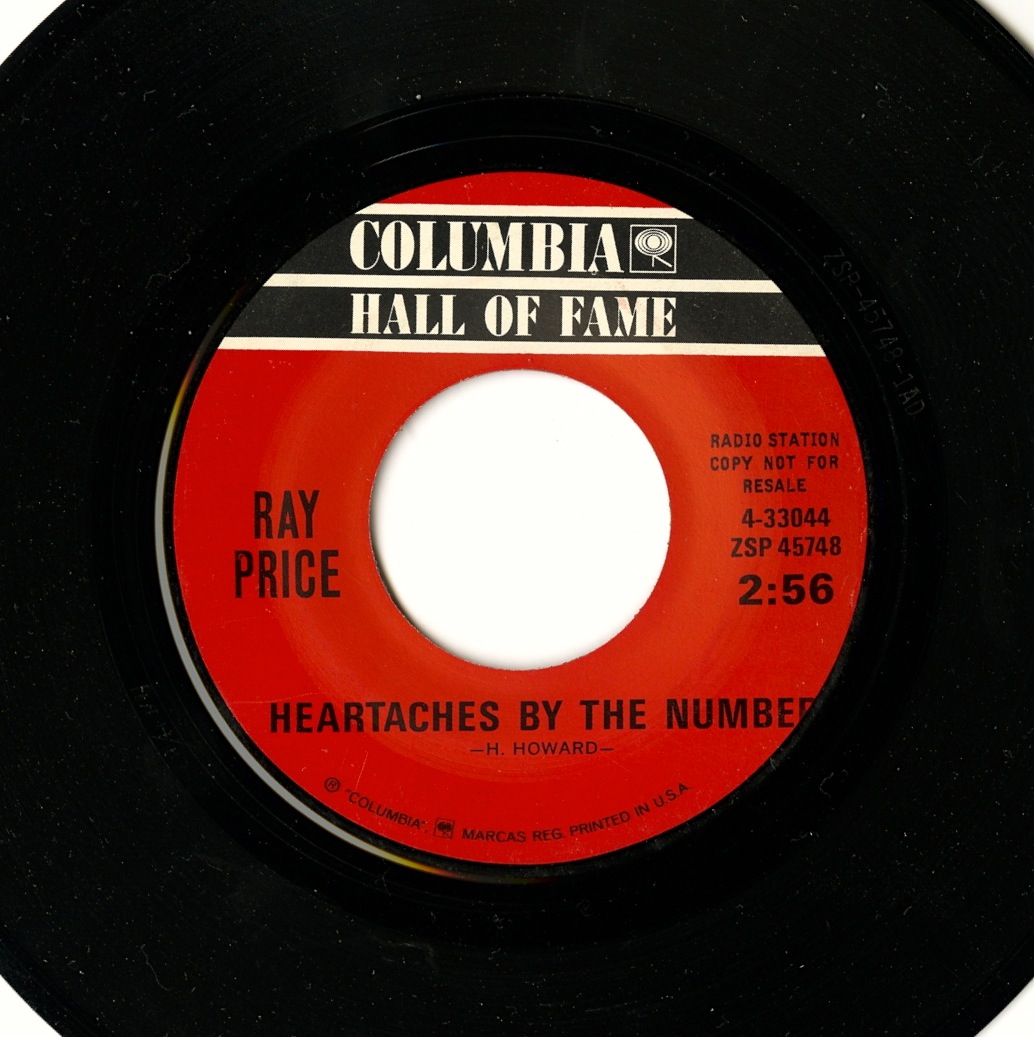 Another classic from Price’s massive catalog is his hit, “Take Me As I Am (or let me go). This Don Law produced single has the full “Nashville Sound,” a full orchestra and choral arrangement to back Price’s powerful voice and make the syrupy lyrics wonderfully bittersweet. We found a unique promotional flier for the song in the Southern Folklife Collection Artist Name Files (30005), NF1596. These items are but a blip in Price’s 65 year career. We’d love to show you more but you’ll have to make a visit to Wilson Library. For now, let’s sit back and enjoy one more song.45_1858_Take_me_as_I_am_Ray_Price_SFC
Another classic from Price’s massive catalog is his hit, “Take Me As I Am (or let me go). This Don Law produced single has the full “Nashville Sound,” a full orchestra and choral arrangement to back Price’s powerful voice and make the syrupy lyrics wonderfully bittersweet. We found a unique promotional flier for the song in the Southern Folklife Collection Artist Name Files (30005), NF1596. These items are but a blip in Price’s 65 year career. We’d love to show you more but you’ll have to make a visit to Wilson Library. For now, let’s sit back and enjoy one more song.45_1858_Take_me_as_I_am_Ray_Price_SFC

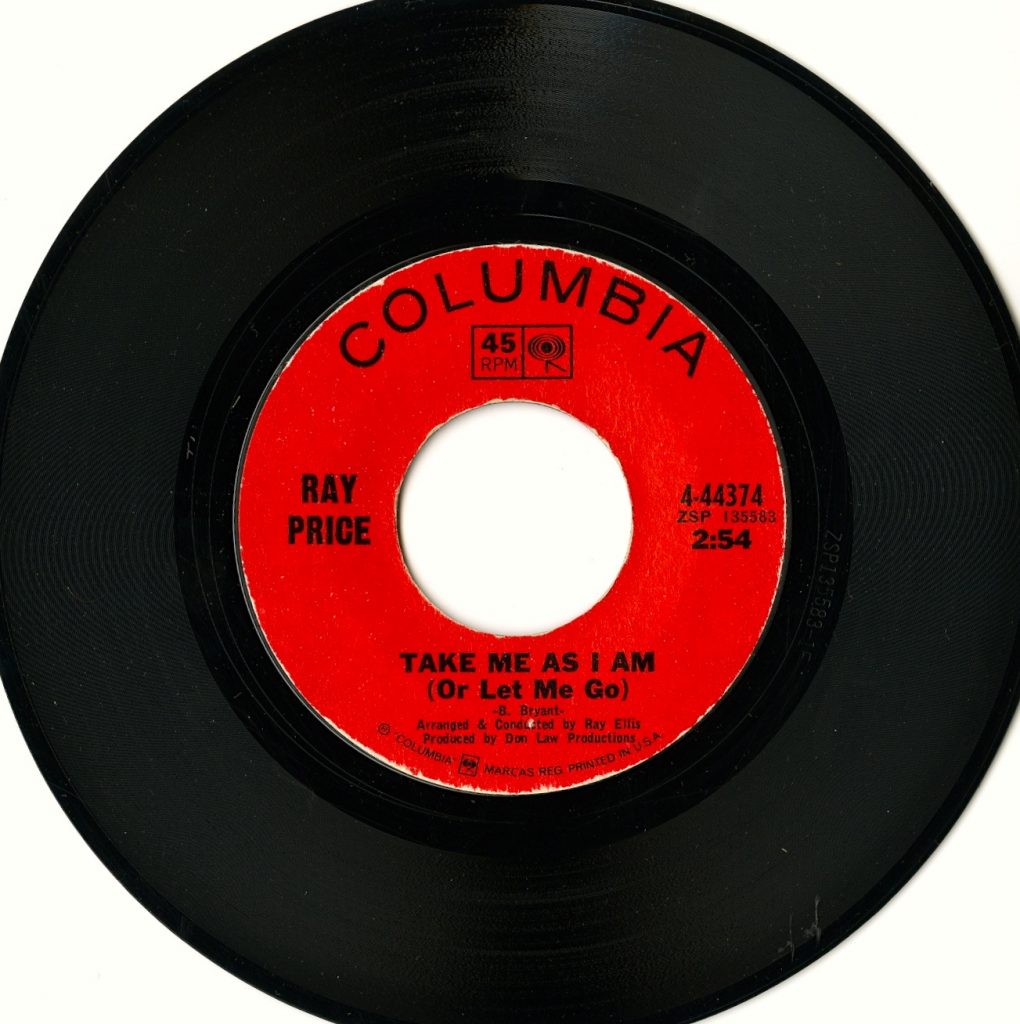
Goldband Records approved "Sweet Potato Mash"
Sweet potato patch in Cleveland County,
call no. P0072/0010, Commercial Museum Collection of North Carolina Photographs (P0072)
North Carolina Collection Photographic Archives.
Don’t forget your eat your sweet potatoes tomorrow. No matter whether you roast them, bake them, fry them, hasselback them, or cook them with marshmallows on top, the Southern Folklife Collection has your soundtrack covered thanks to a seasonally appropriate tape from the Goldband Recording Corporation Collection (20245) that came up in the Rivers Studio just this week.
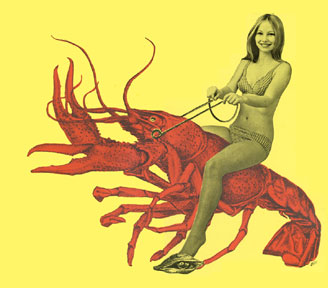
William Parker Guidry, Jr., came up in Southwest Louisiana and Lake Charles, performing and recording as Bill Parker for a number of labels, including Eddie Shuler’s Goldband Records. A drummer and bandleader, he appears all over the Goldband discography, and the man must have been a huge fan of the sweet potato because he wrote and recorded at least two tunes, including a cha-cha, dedicated to the noble tuber.
For you dear readers and listeners, we have “Sweet Potato Mash” by Bill Parker and his Showboat Band. FT7003 was digitized as part of the Southern Folklife Collection digitization project, From the Piedmont to the Swamplands: Preserving Southern Traditional Music, funded by a grant from the National Endowment for the Humanities.
FT7003_sweet potato 2_Goldband Recording Corporation Collection (20045)
Ham, corn and fiddle tunes at Tommy Jarrell's
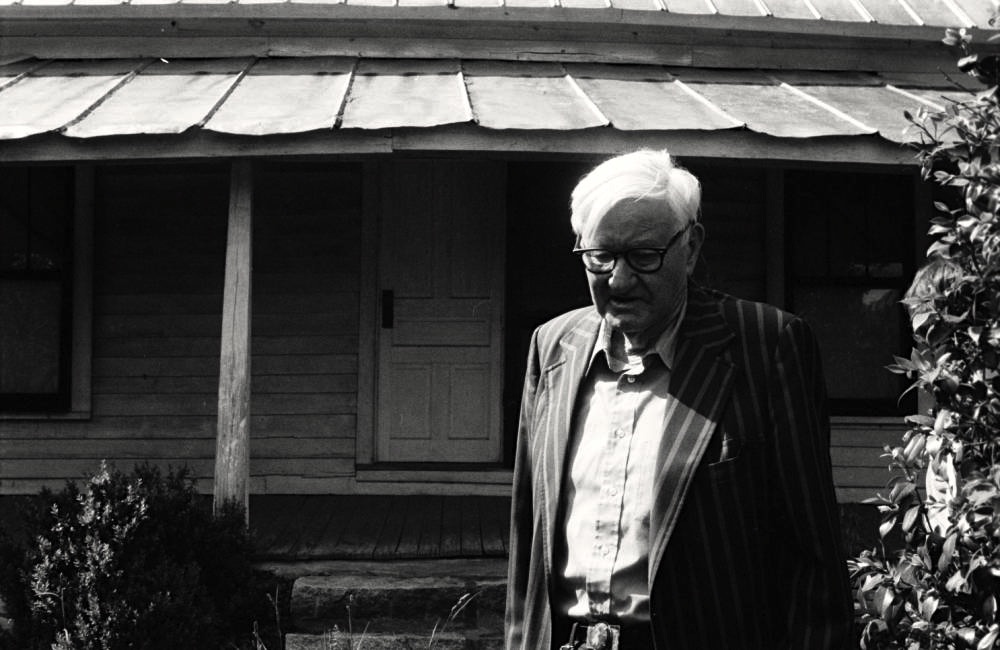 Back in 2009 we wrote about a field recording, call no. FS8341 from the Alice Gerrard Collection, documenting the Christmas she and Andy Cahan spent with Tommy Jarrell and his daughter Dena in 1983. For those who are interested, they had chicken and “it was so fine.”
Back in 2009 we wrote about a field recording, call no. FS8341 from the Alice Gerrard Collection, documenting the Christmas she and Andy Cahan spent with Tommy Jarrell and his daughter Dena in 1983. For those who are interested, they had chicken and “it was so fine.”
That’s not the only holiday recording in the Alice Gerrard Collection. FS8205 was made in 1981 when Alice and a few others, including old-time musician Rusty Neithammer, spent Thanksgiving with Tommy. They had ham, and also some corn, according to the tape.FS8205_Ham
How many other holiday menus and recipes were recorded in the process of doing field work that are now held in Wilson Library at UNC? These recordings and thousands more are available for research in the Southern Folklife Collection. There was quite a bit of music at that Thanksgiving celebration, listen to Jarrell’s solo banjo version of “Let Me Fall” and then Rusty Neithammer and Tommy Jarrell twin fiddle one of my favorites, “Rockingham Cindy.”FS8205_Let Me Fall_BanjoFS8205_Rockingham Cindy
The Southern Folklife Collection is thankful to be able to share this with all of you out there. Happy Thanksgiving.


